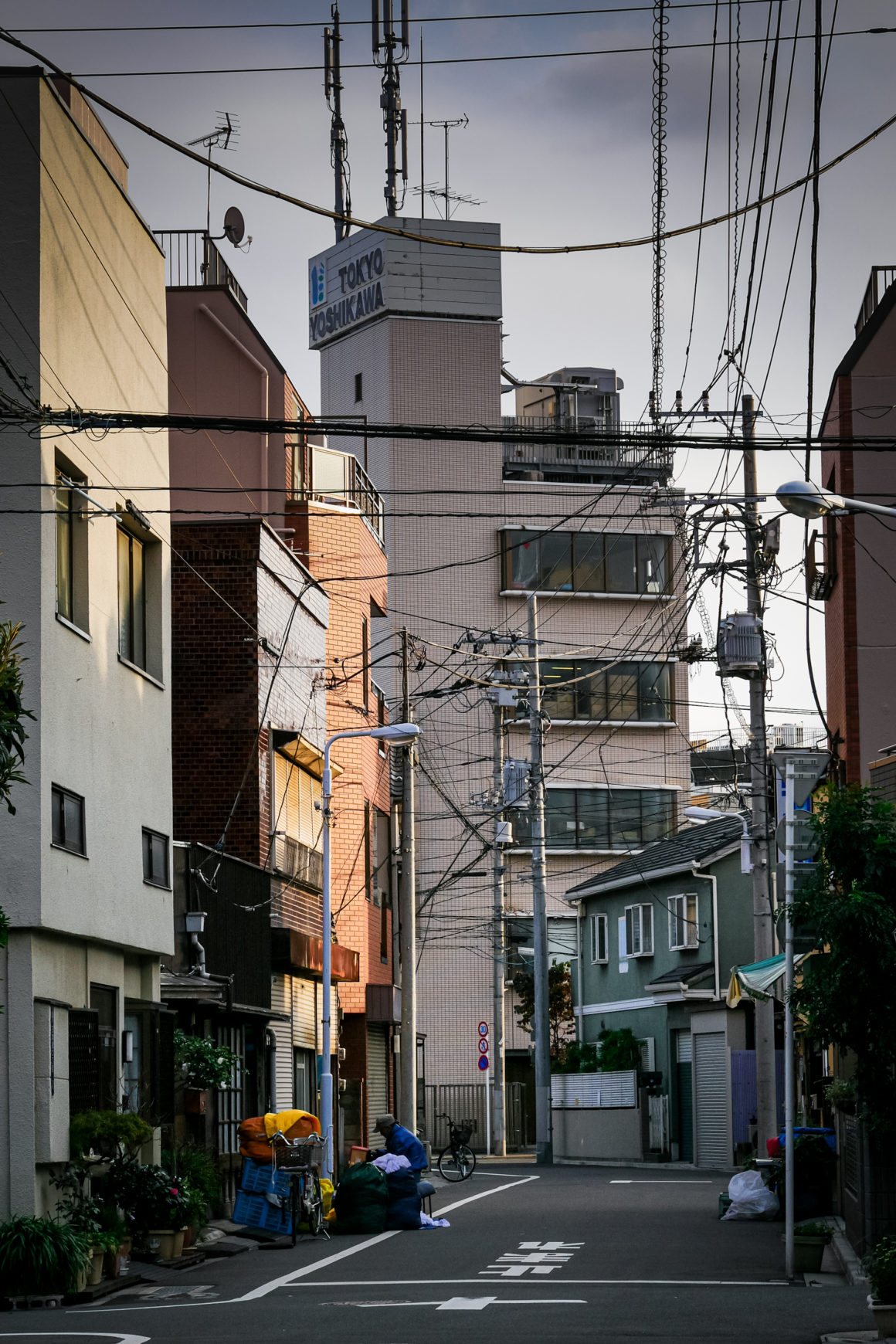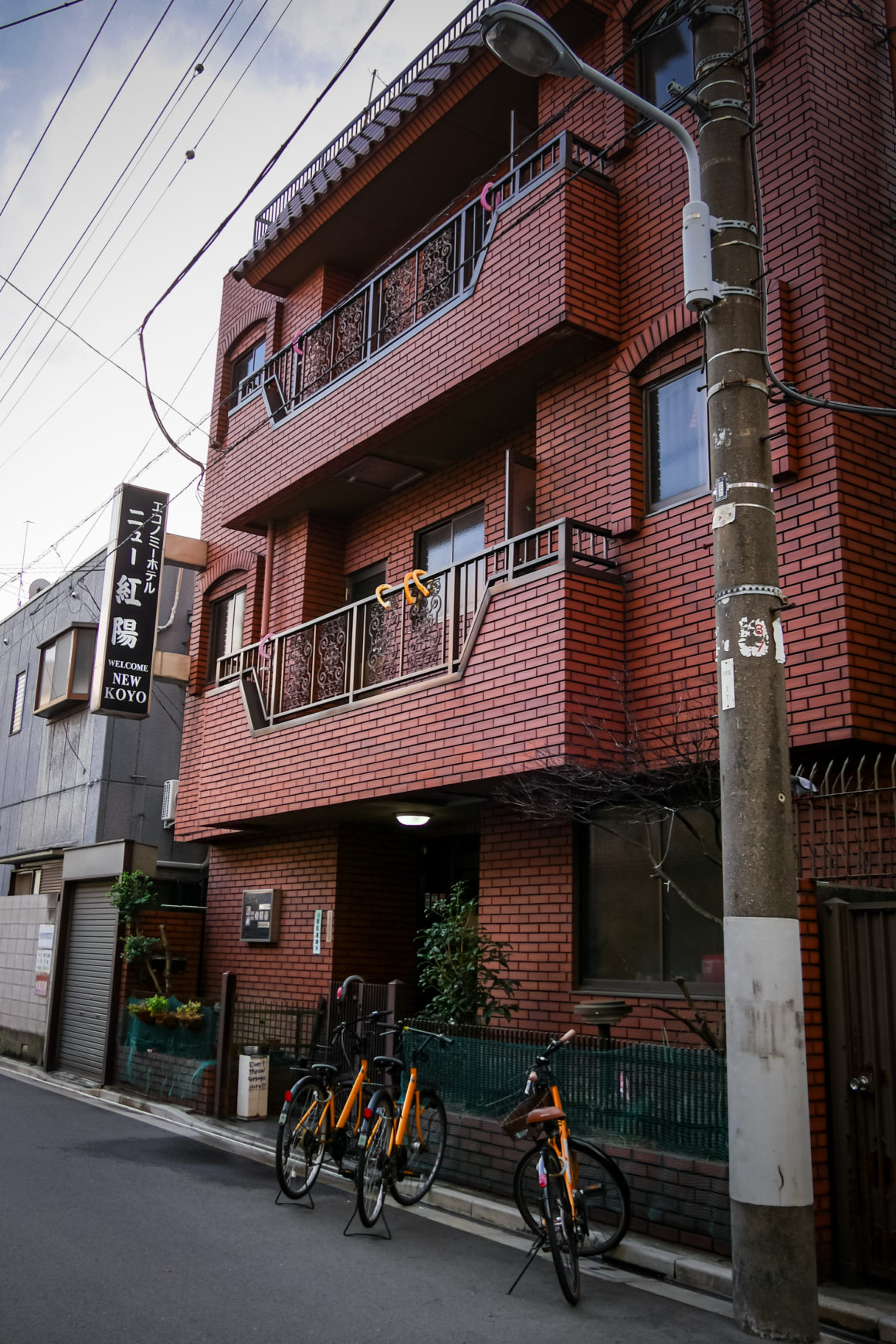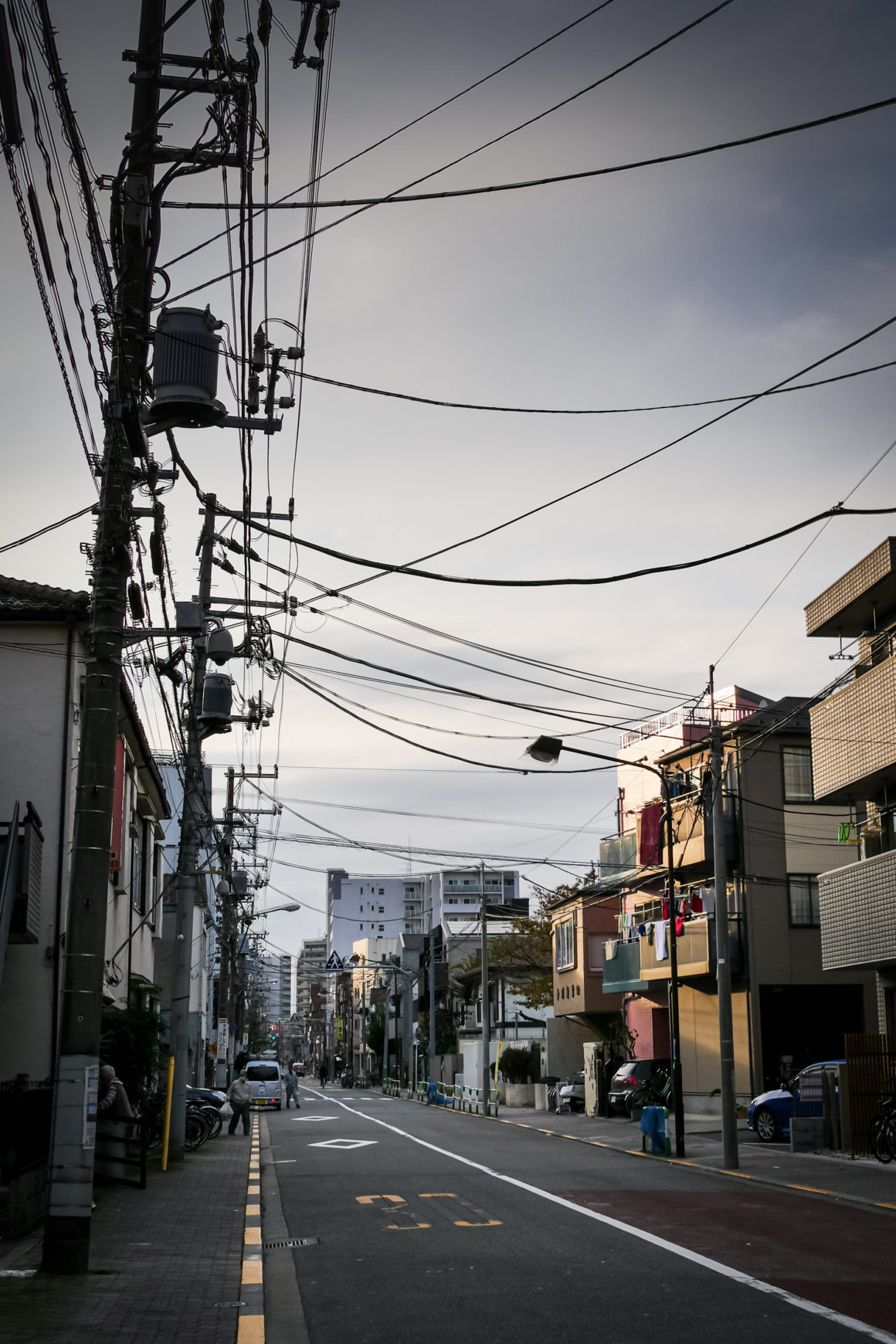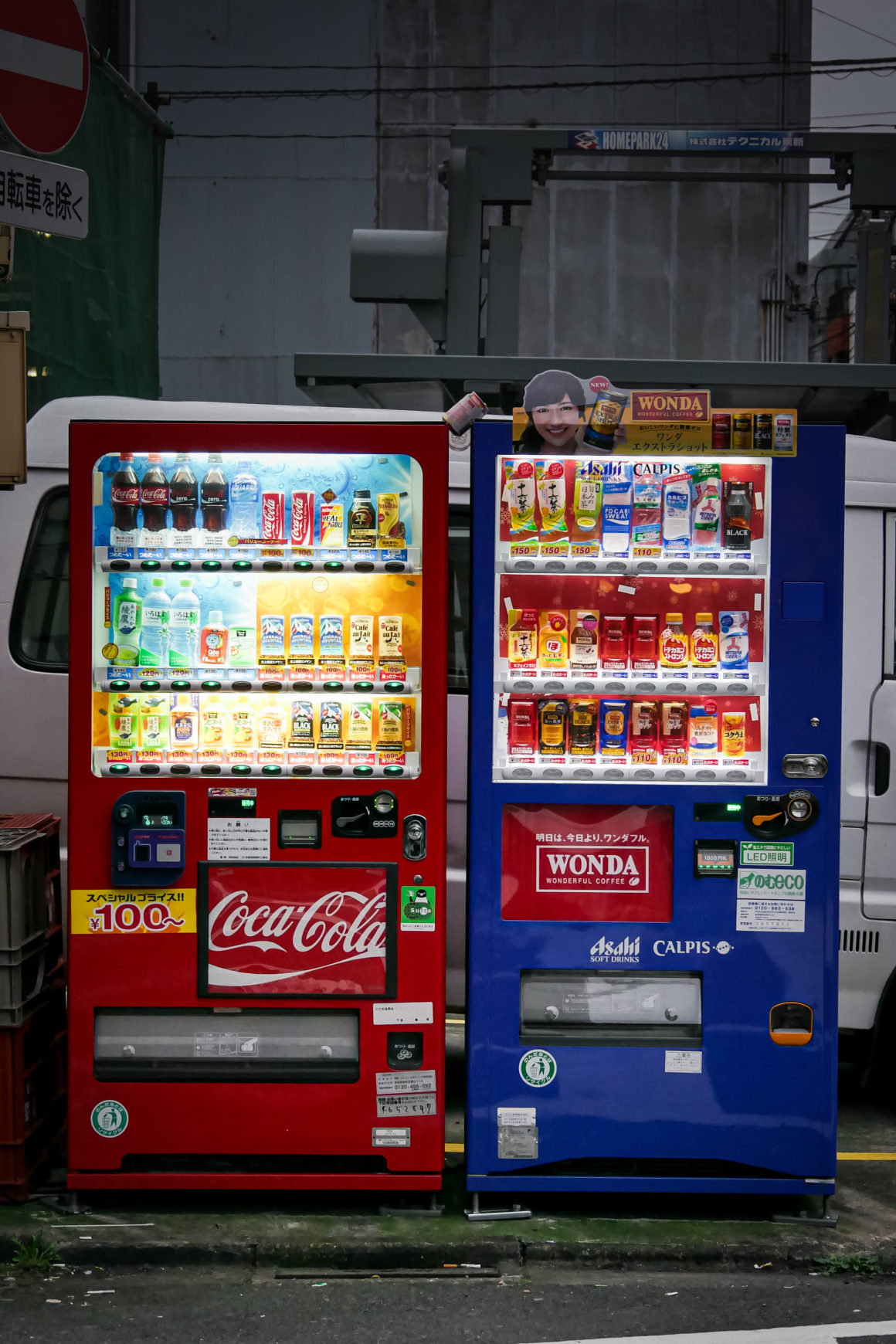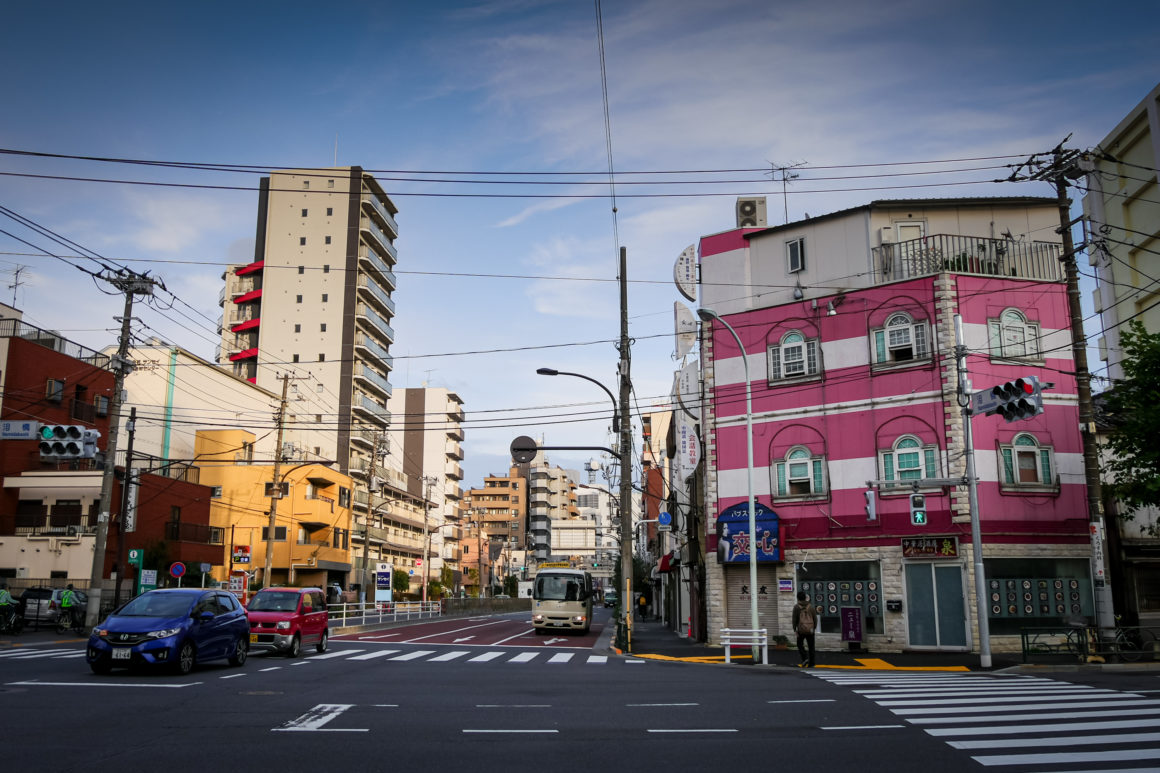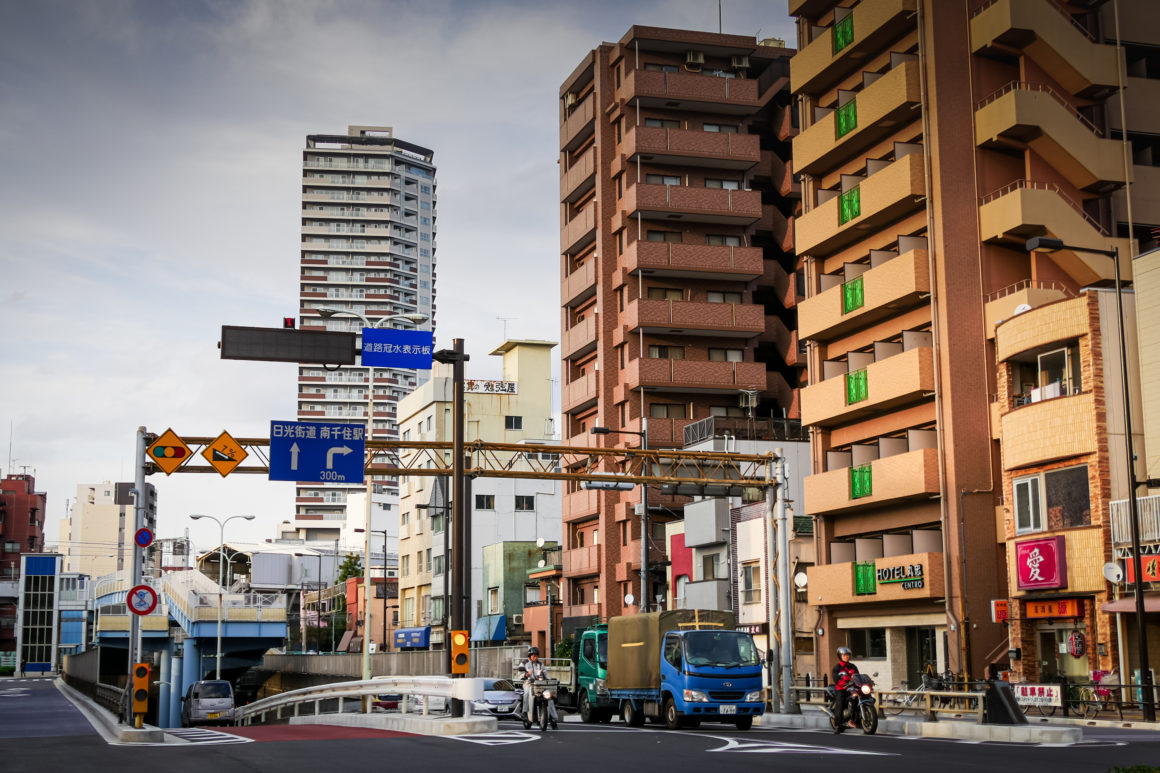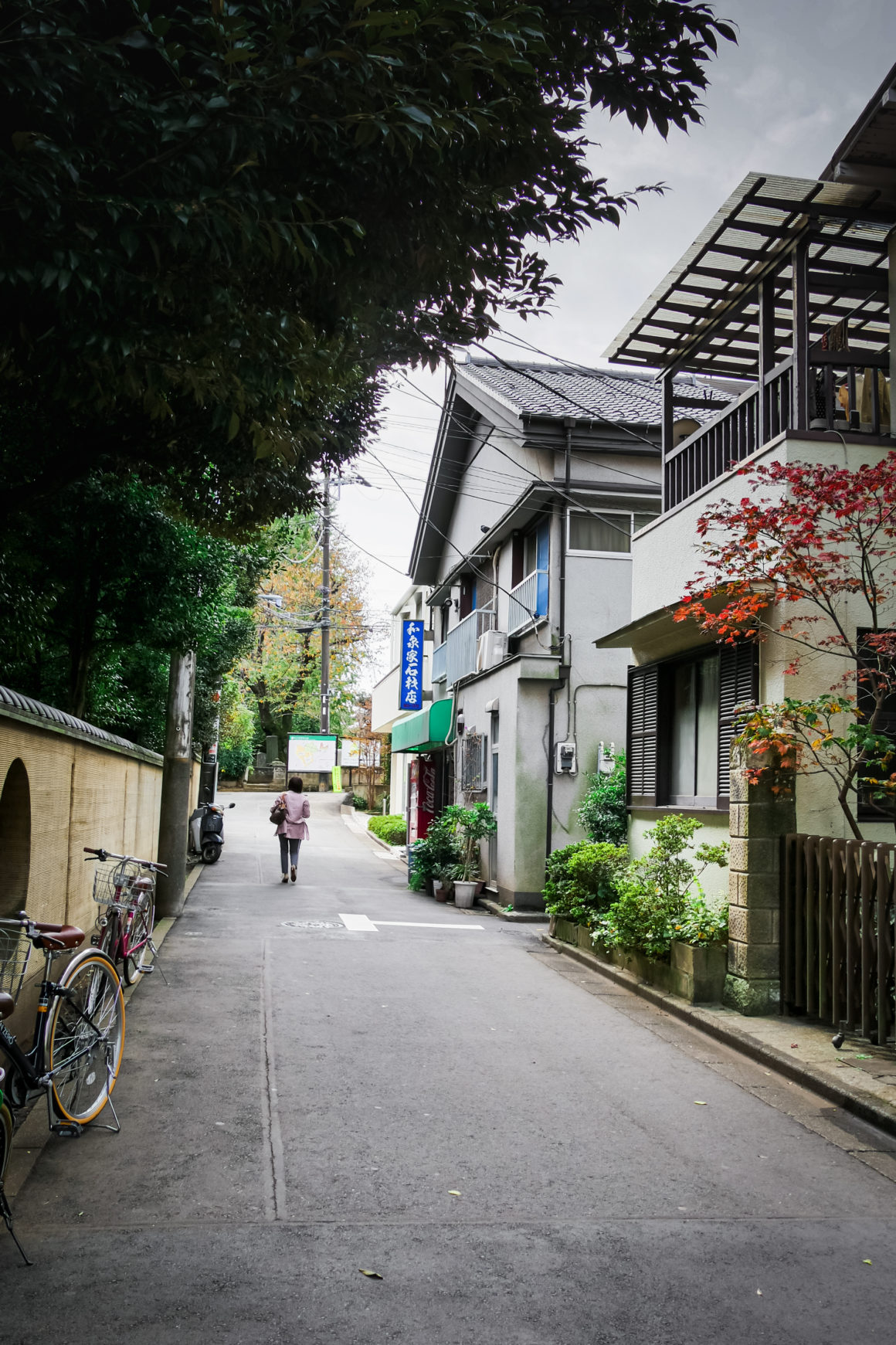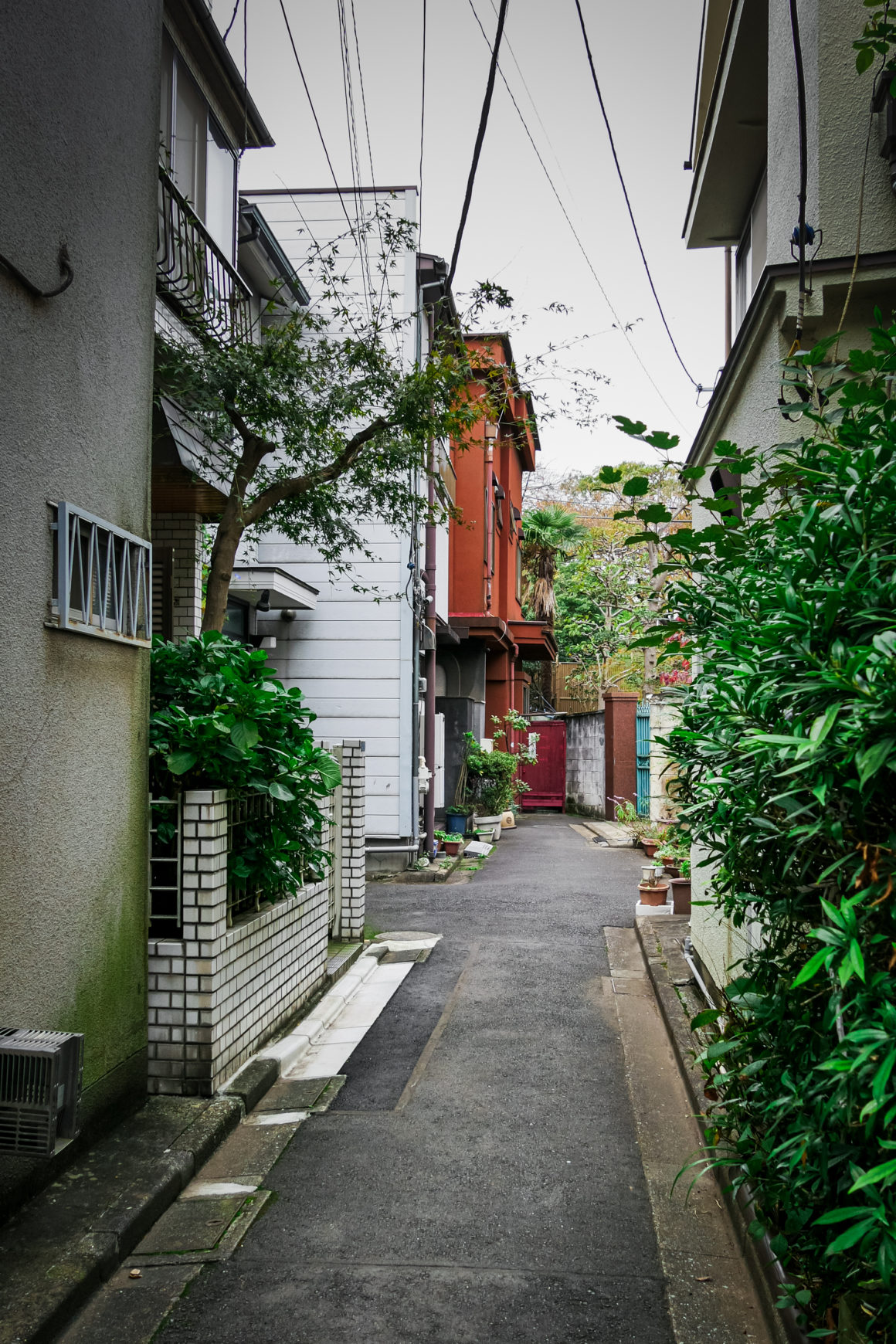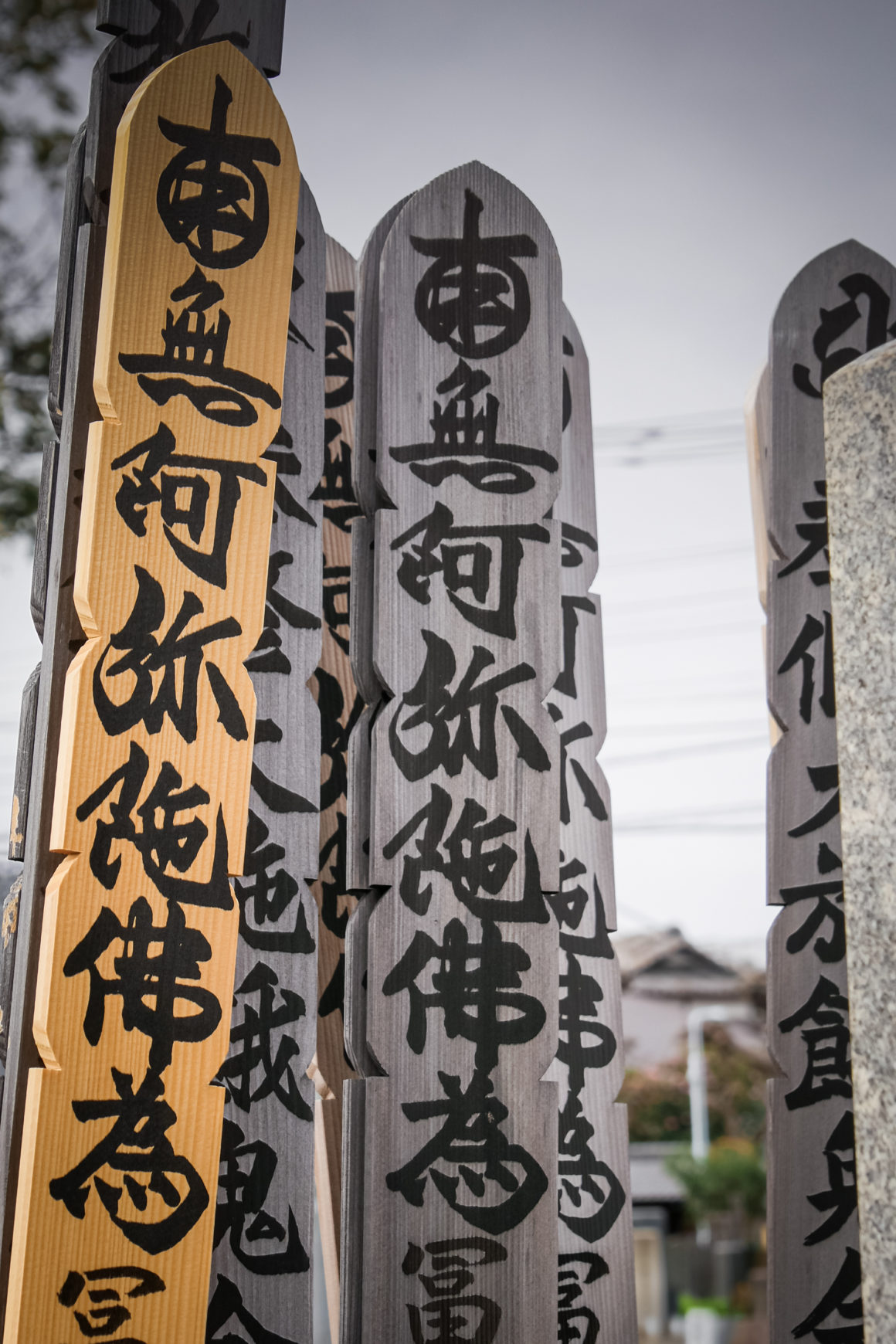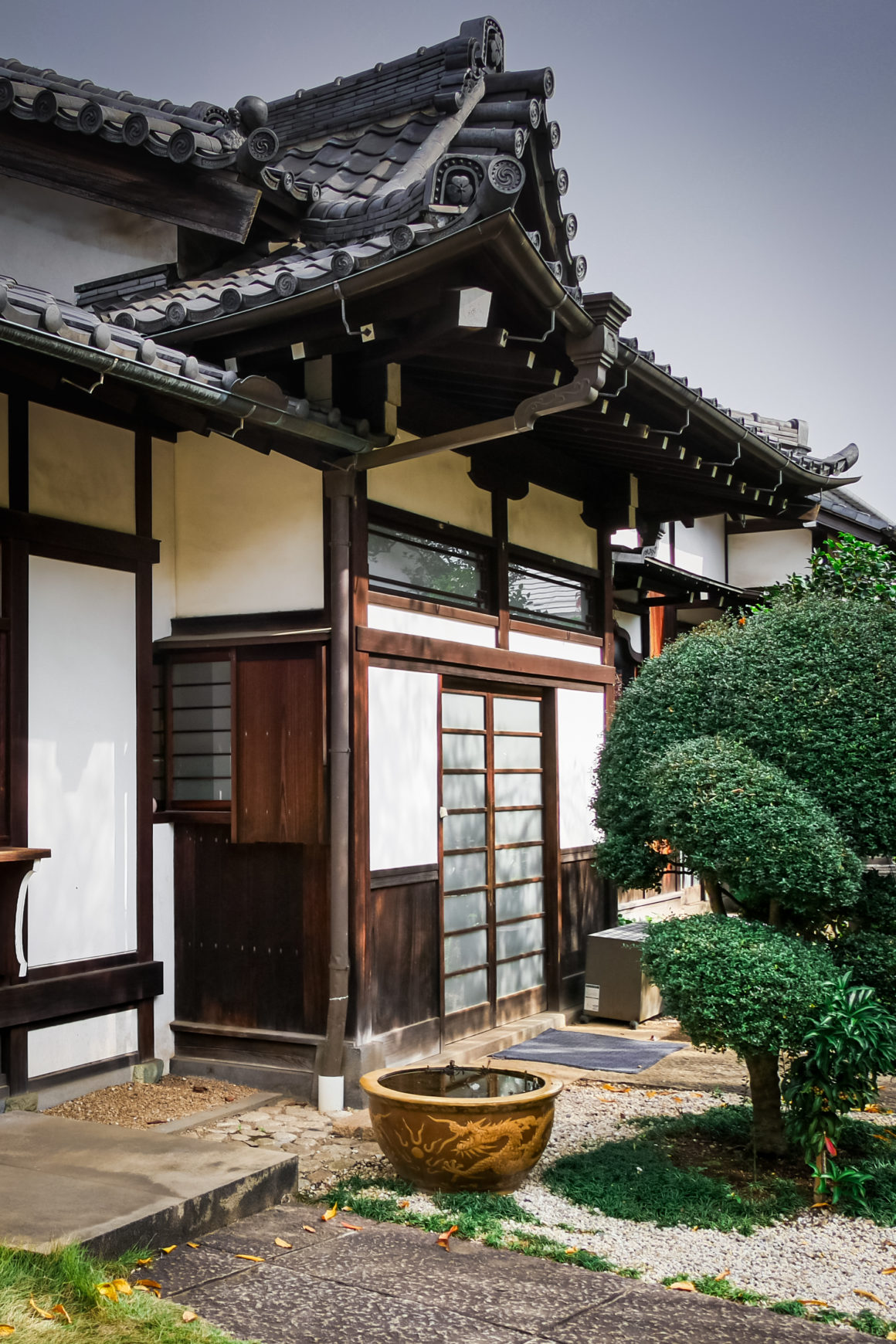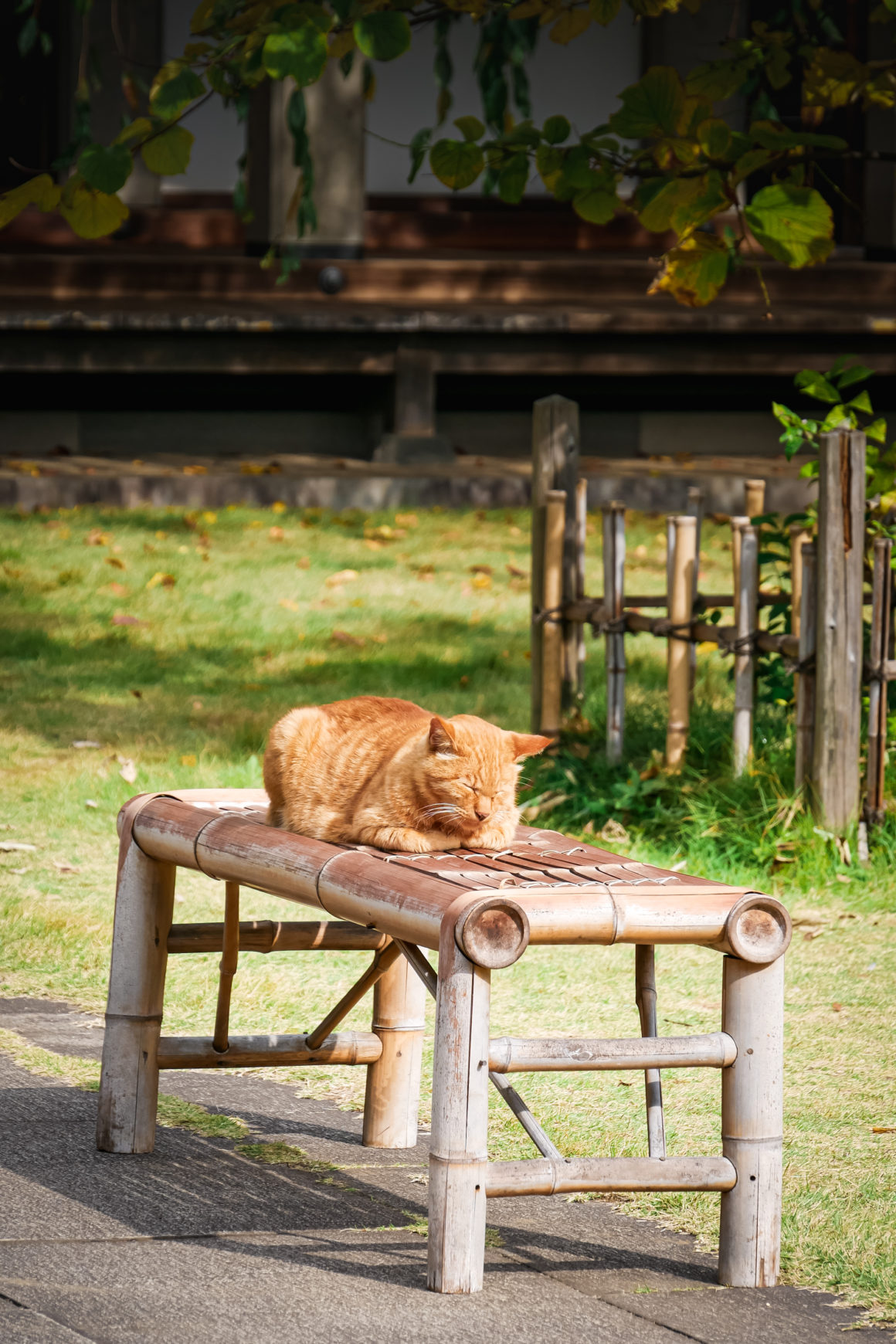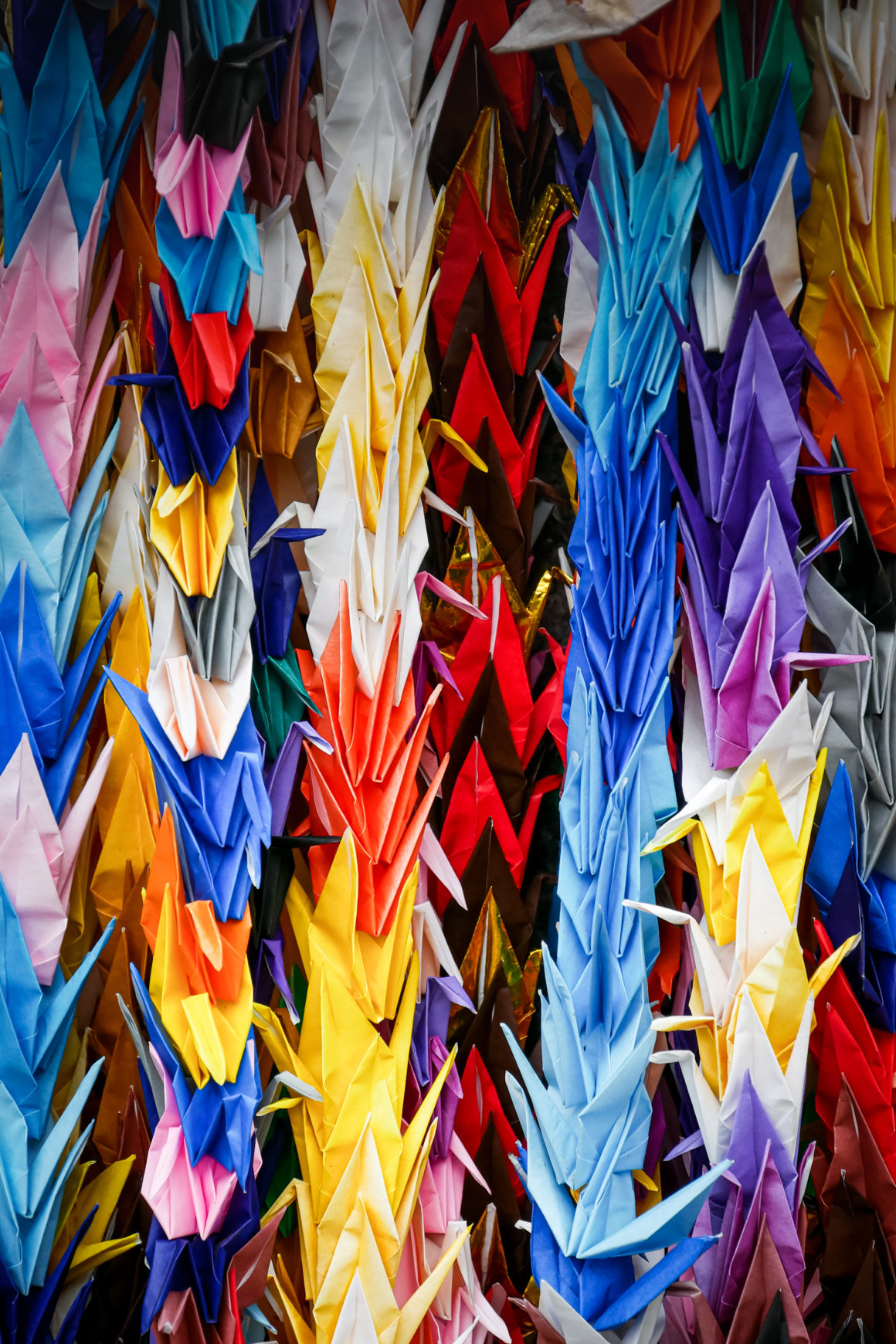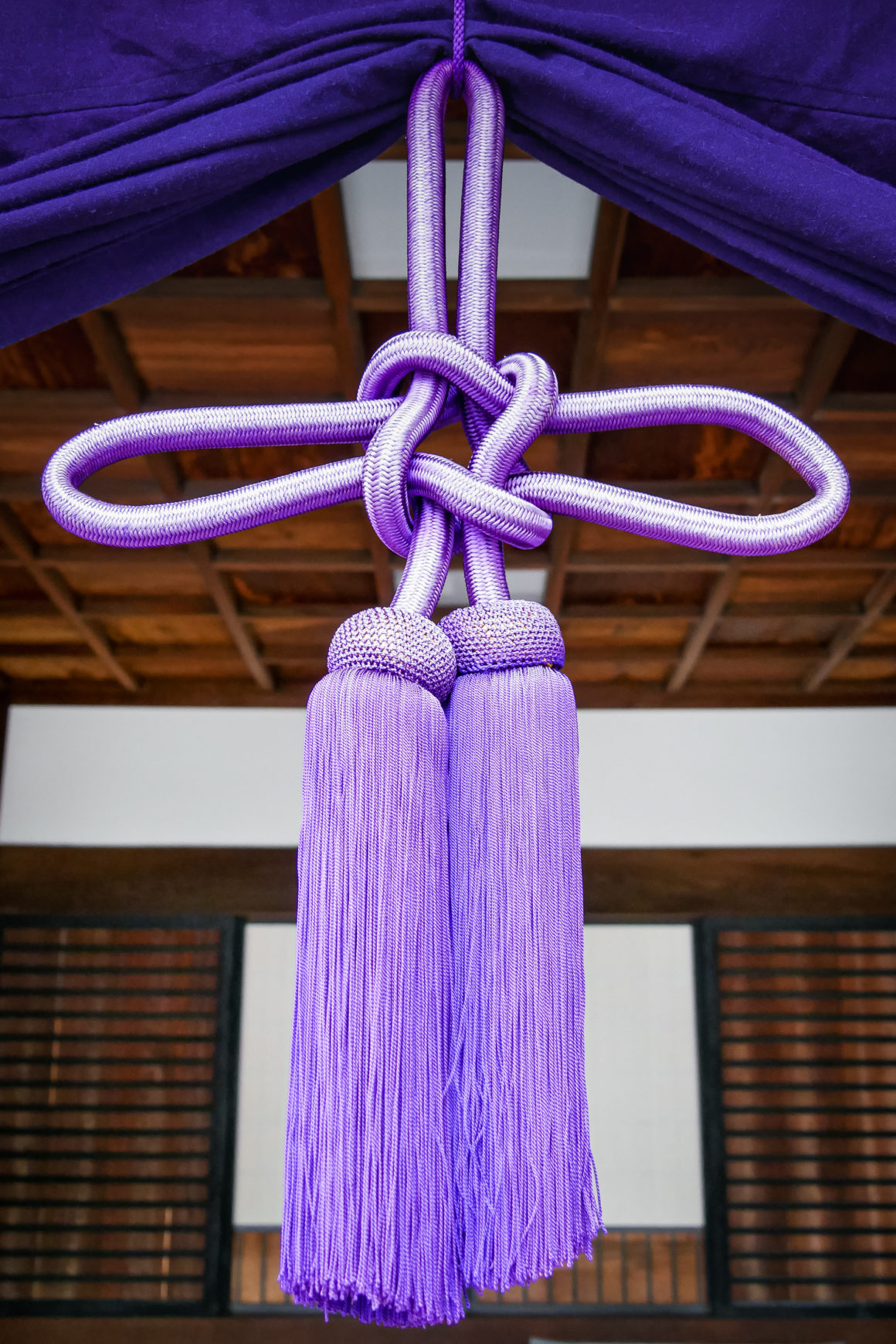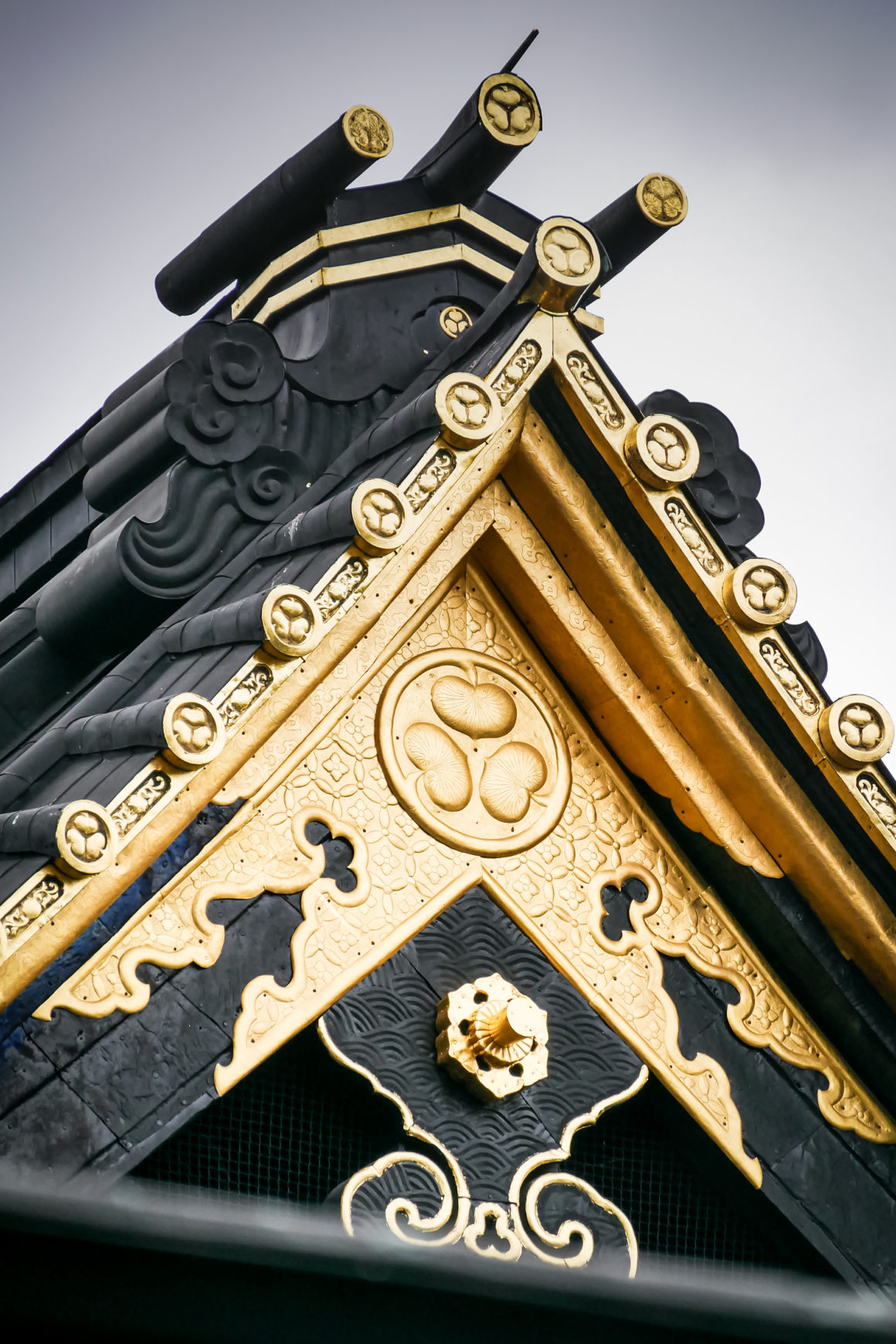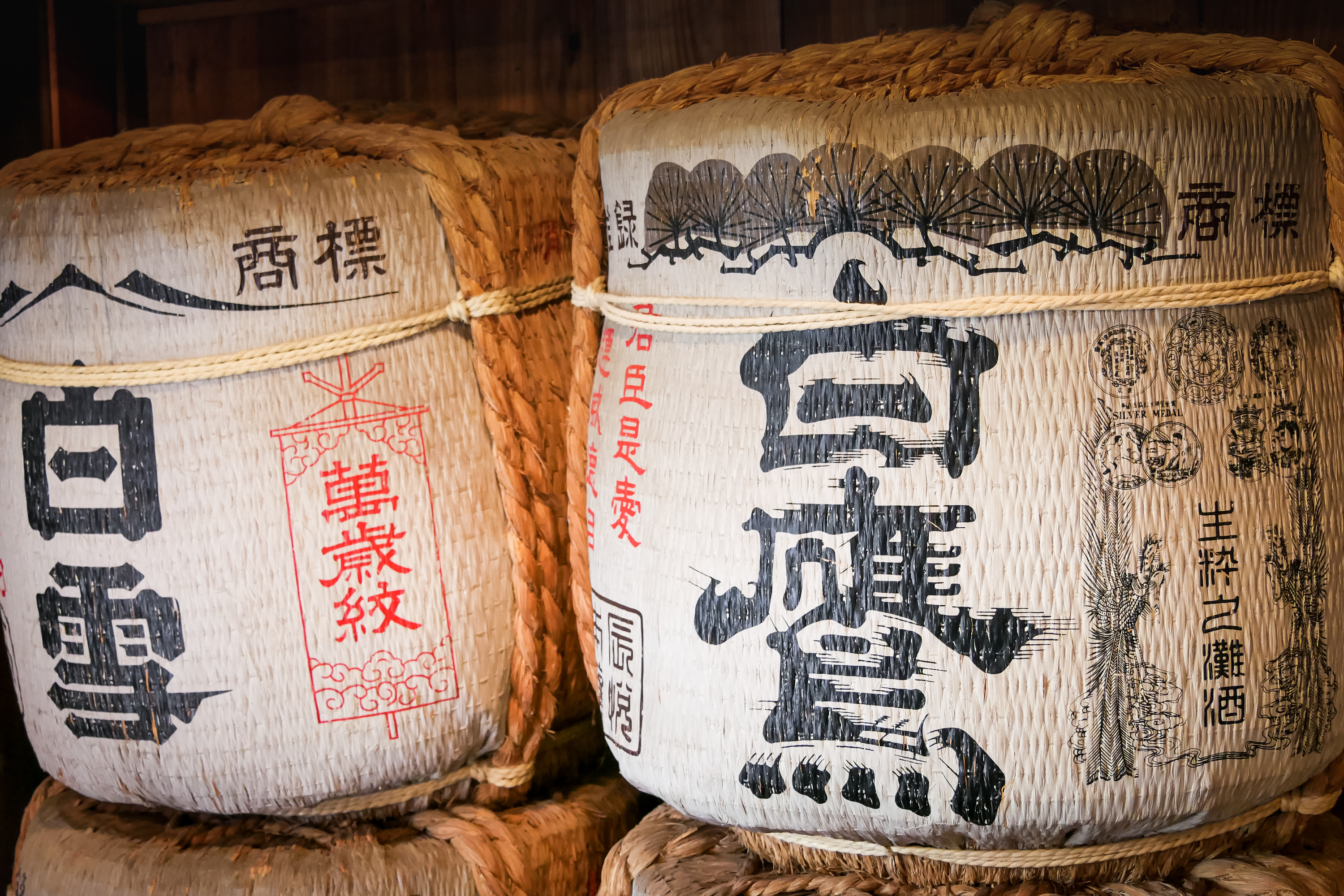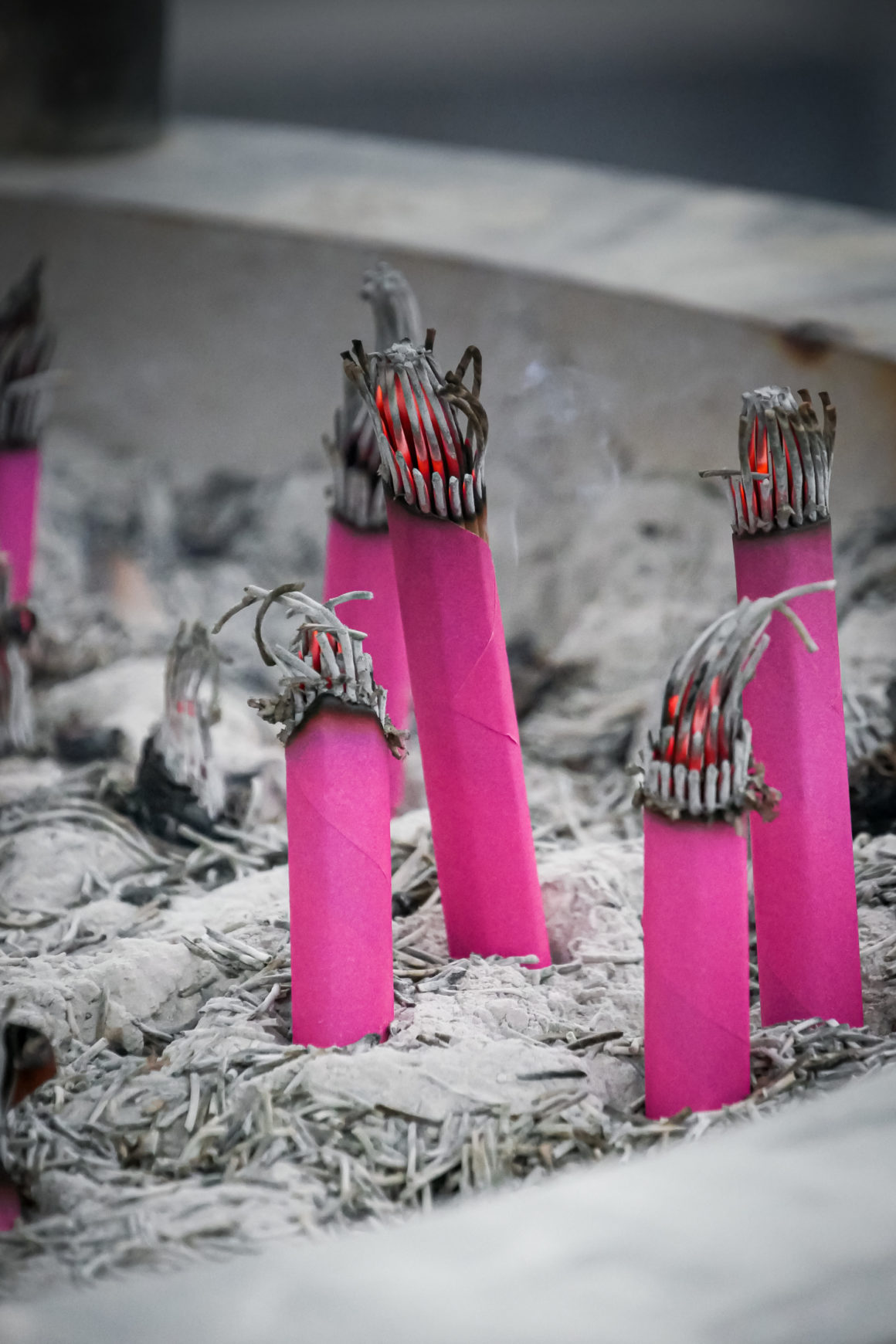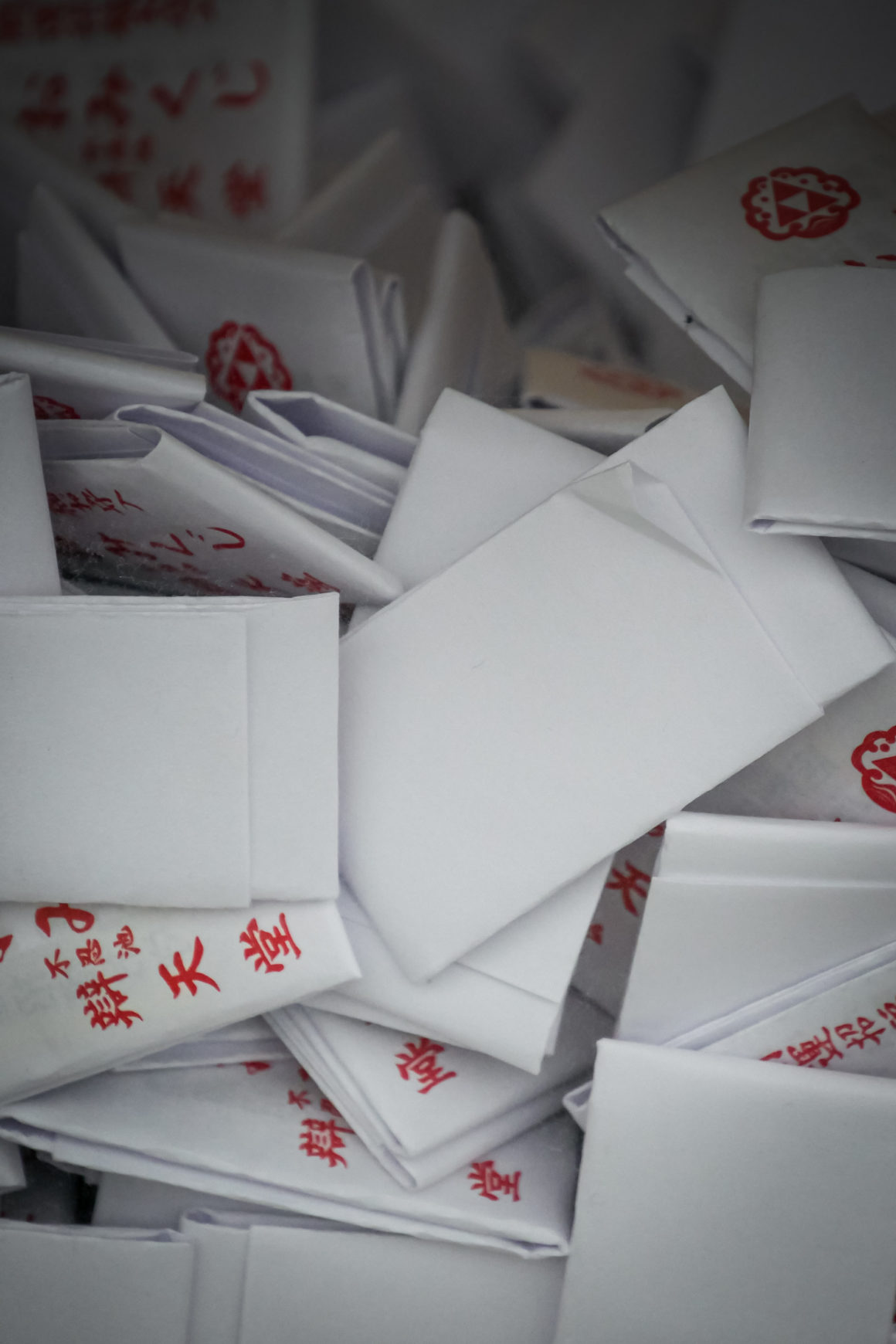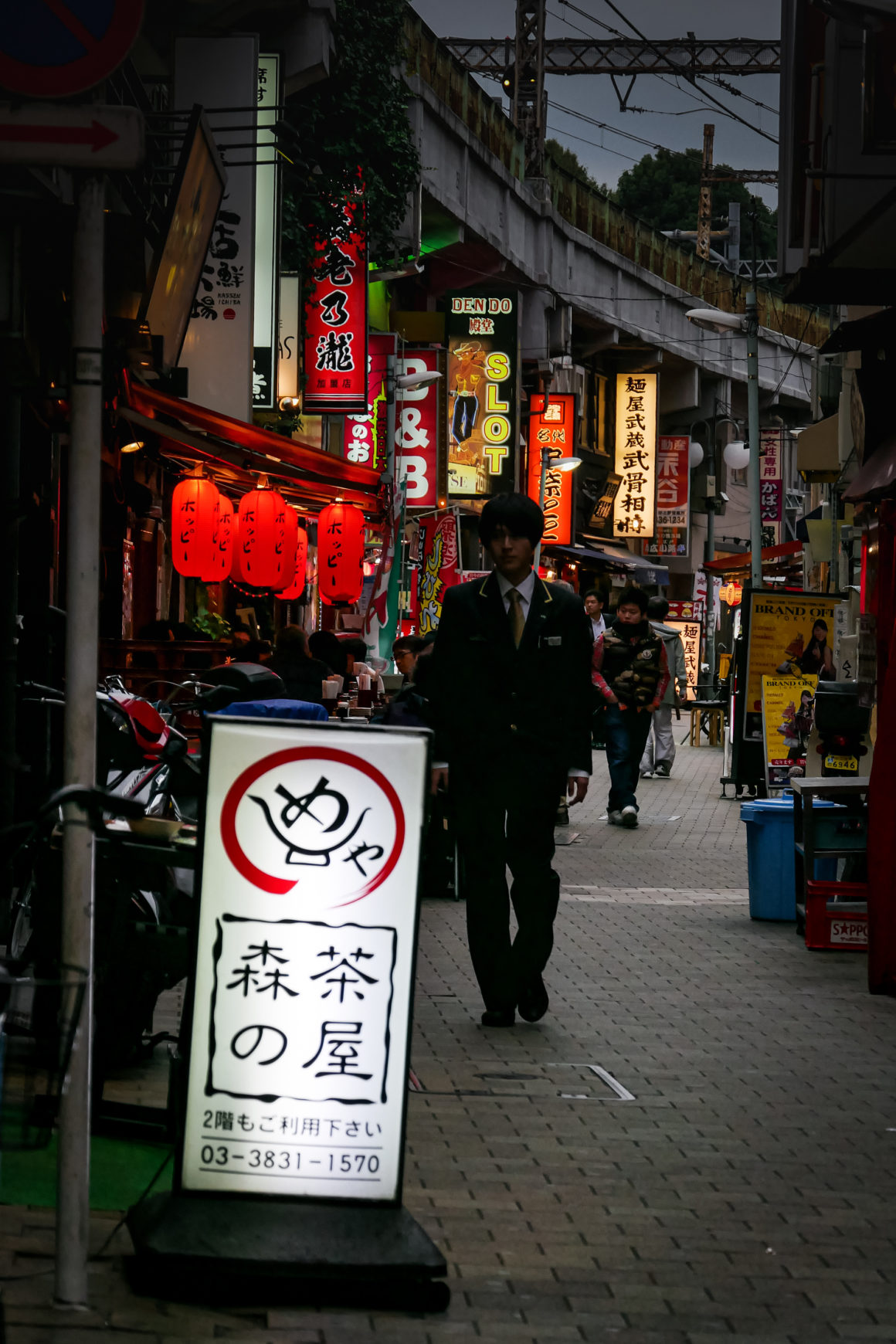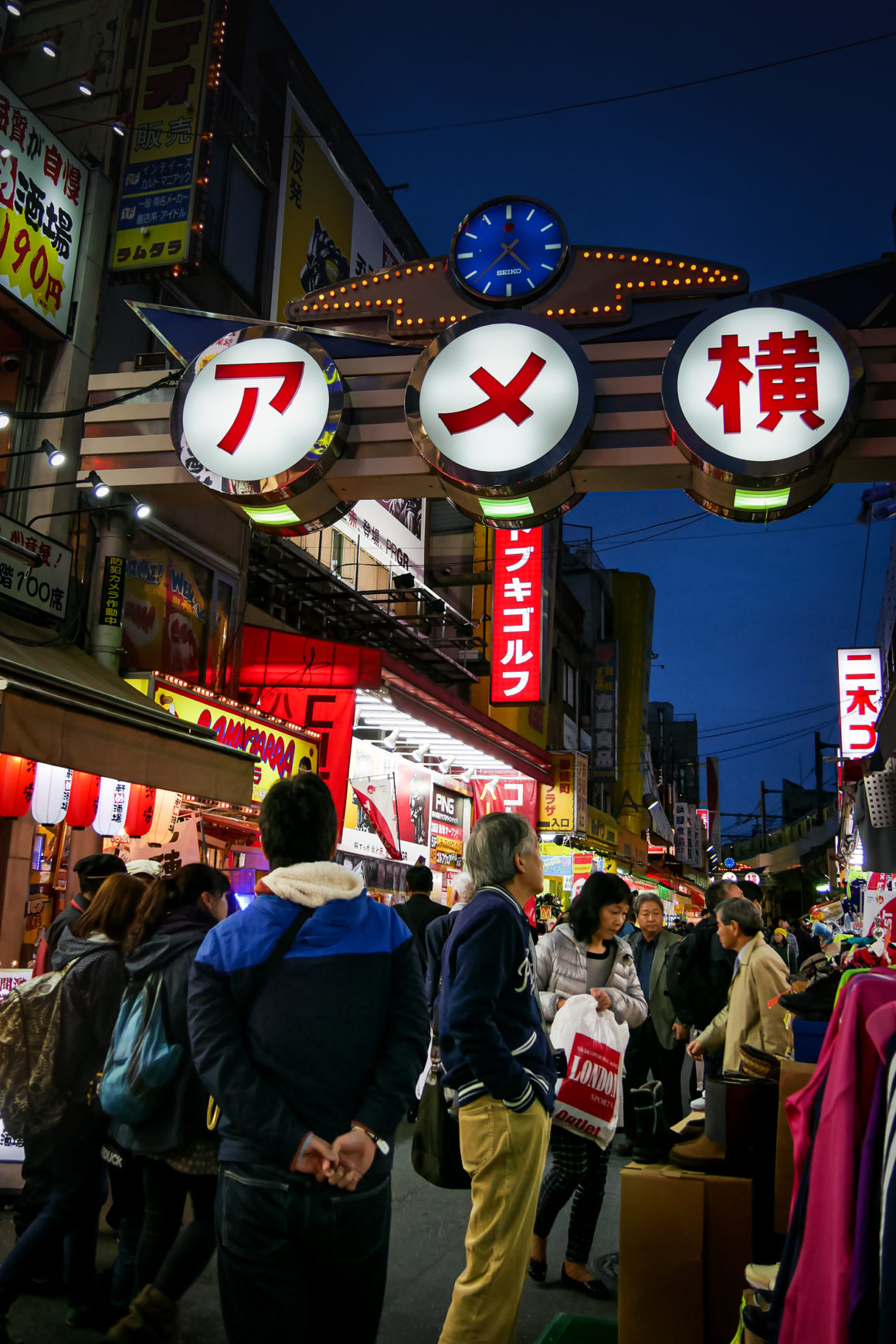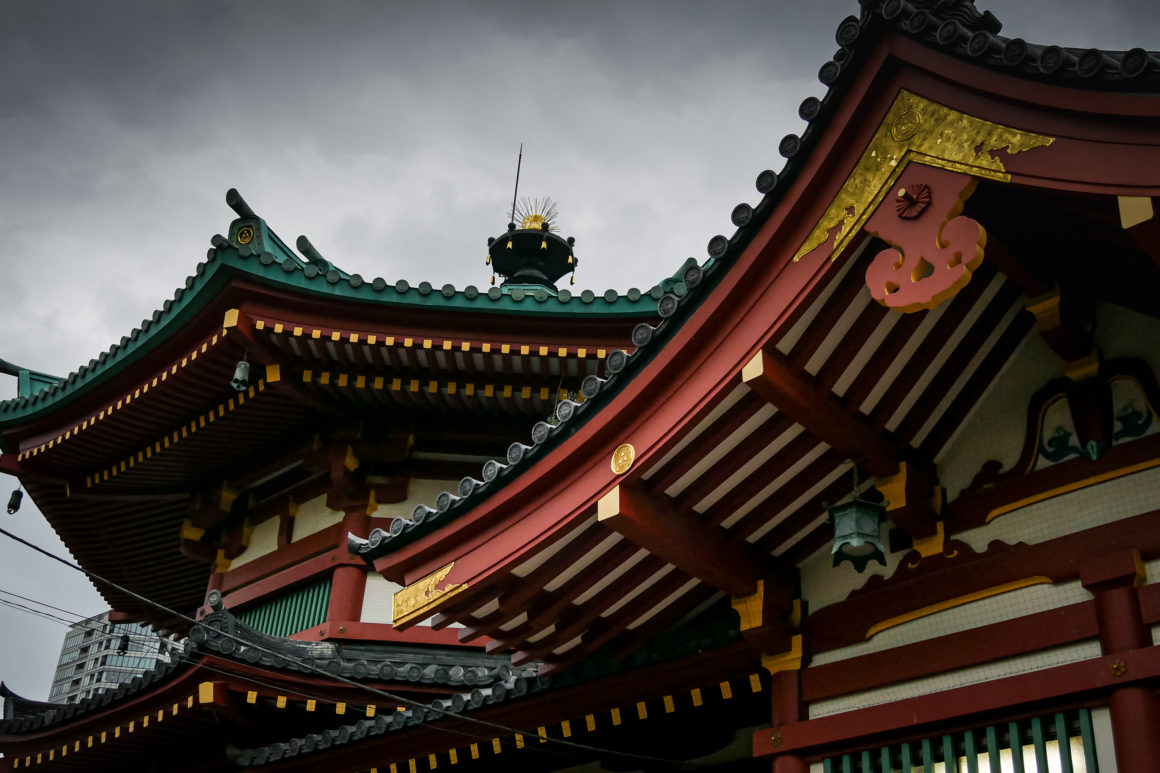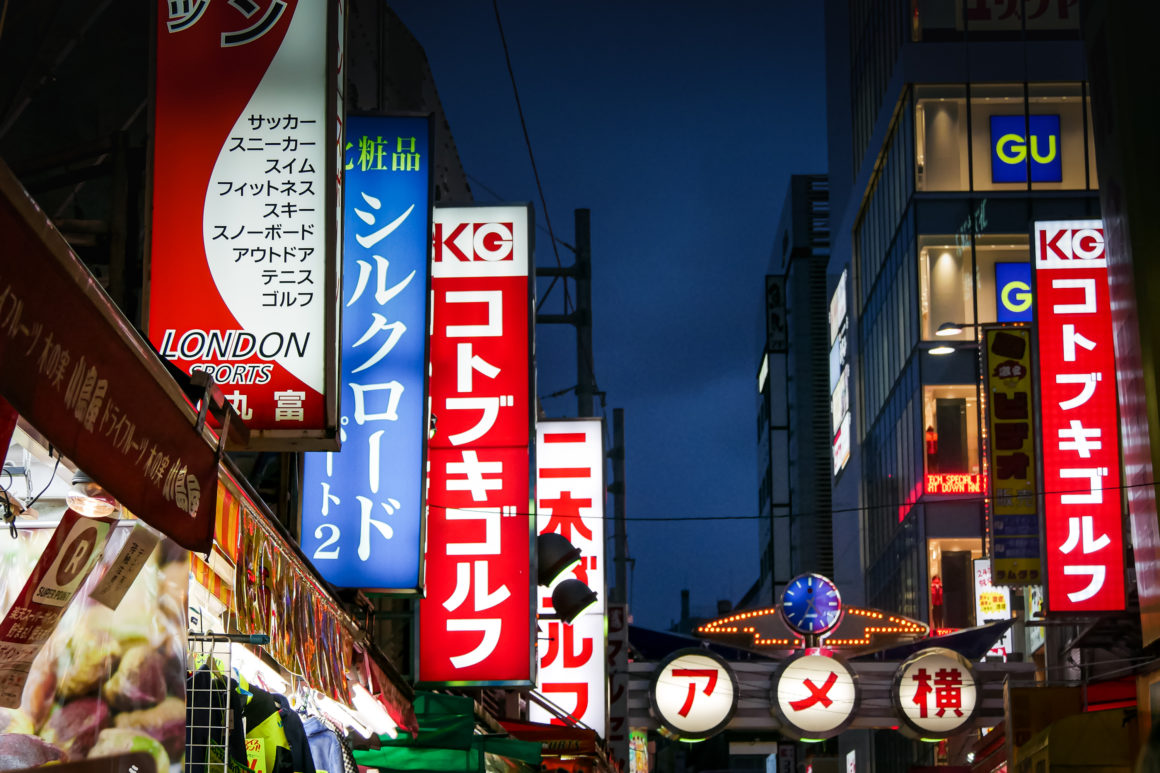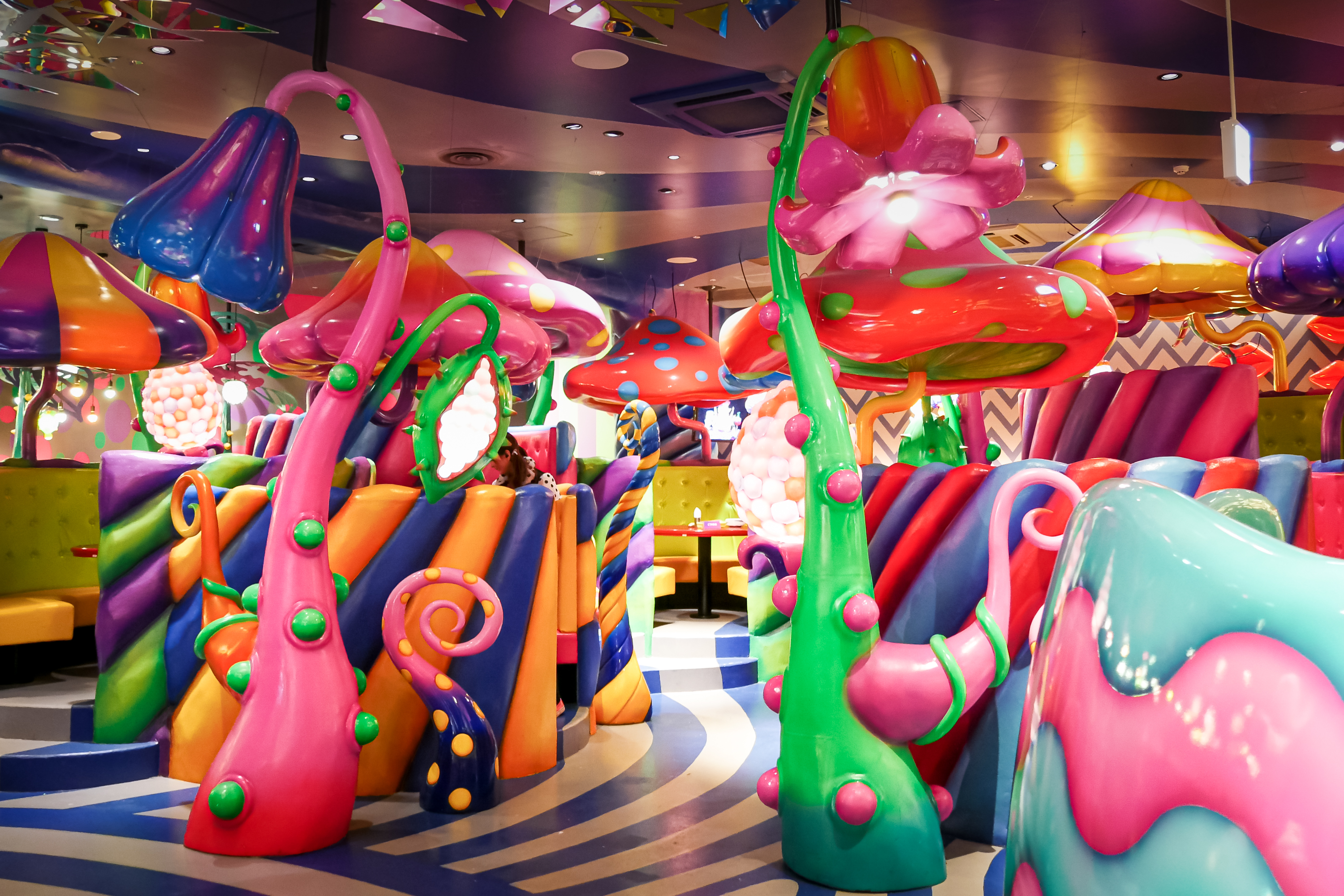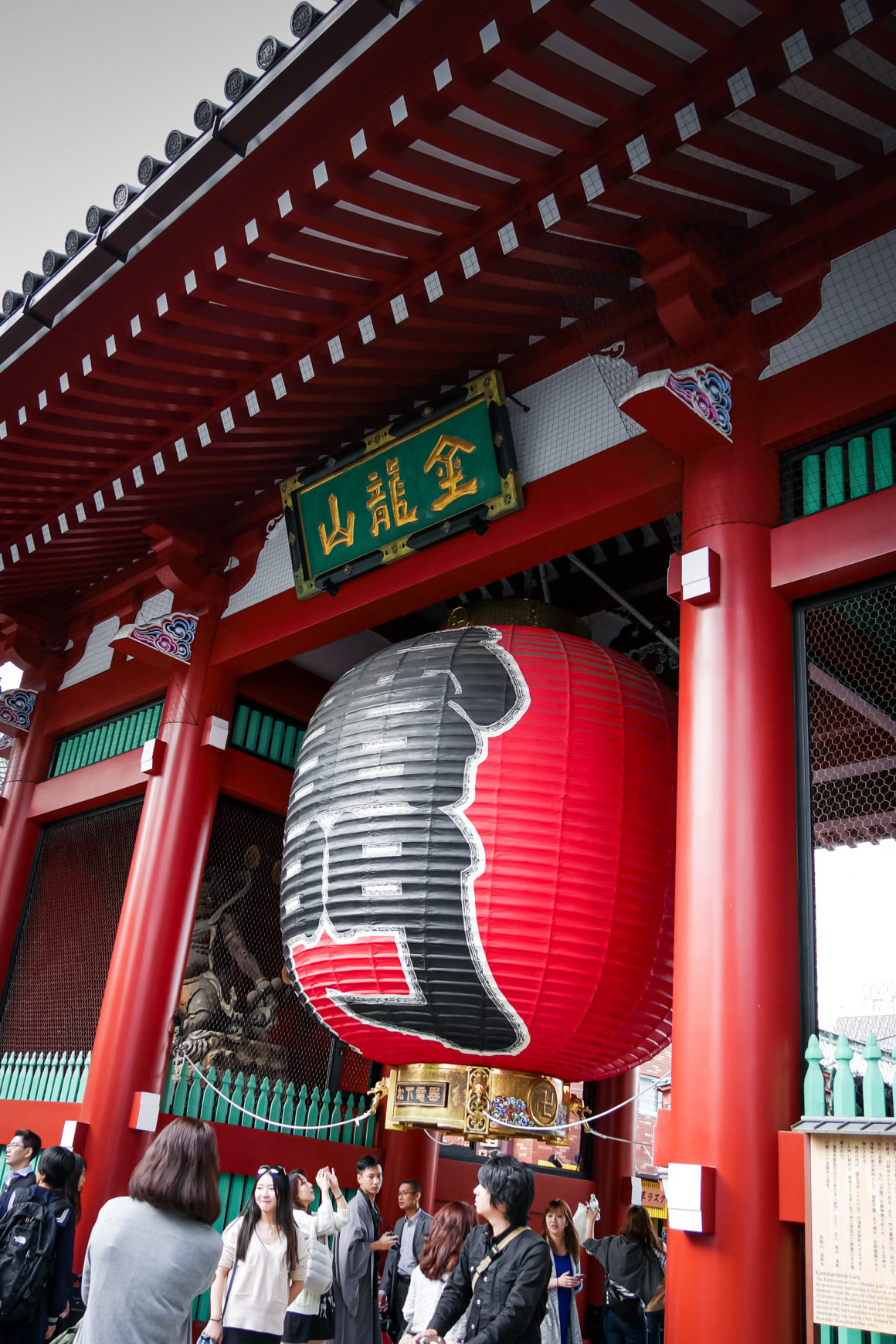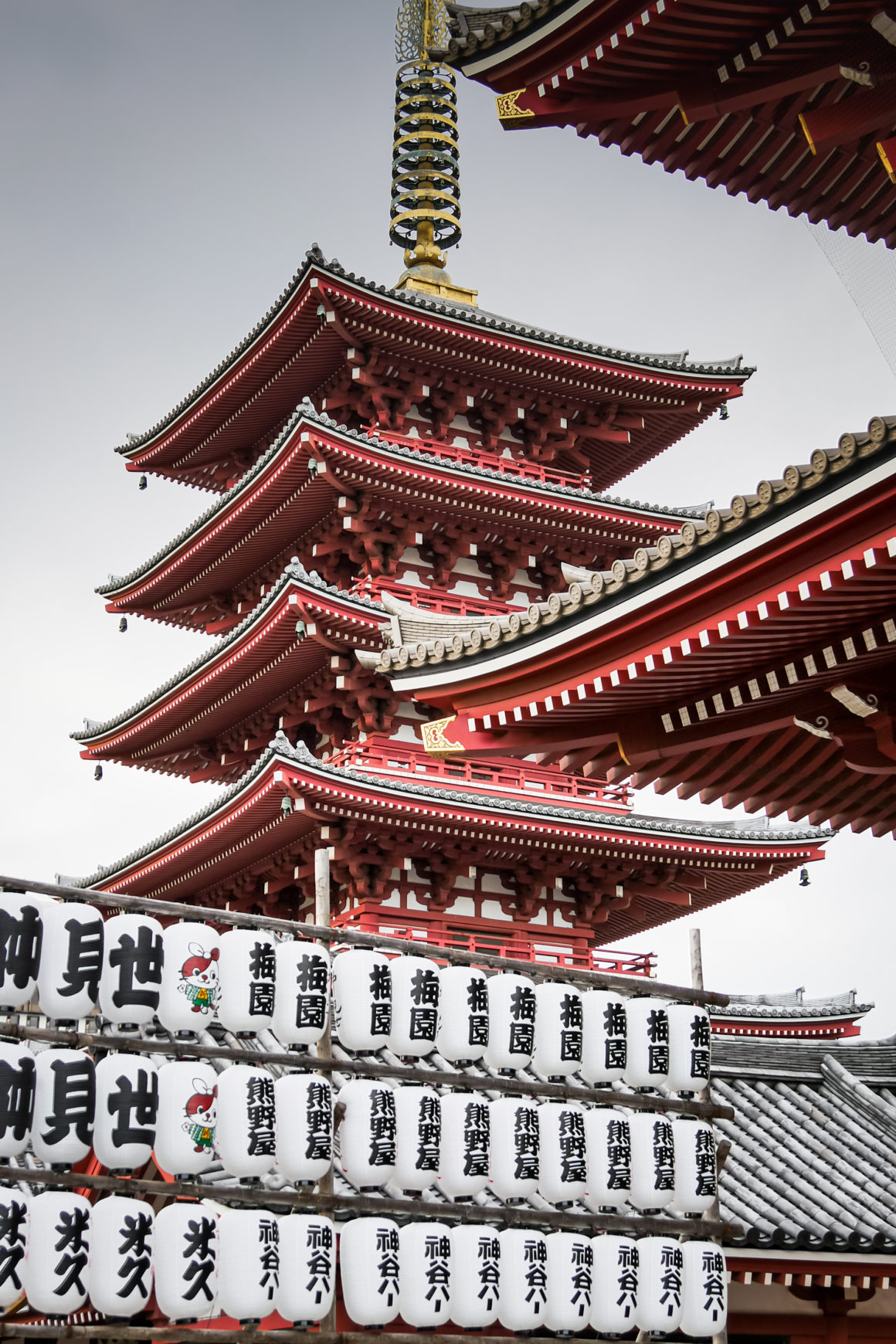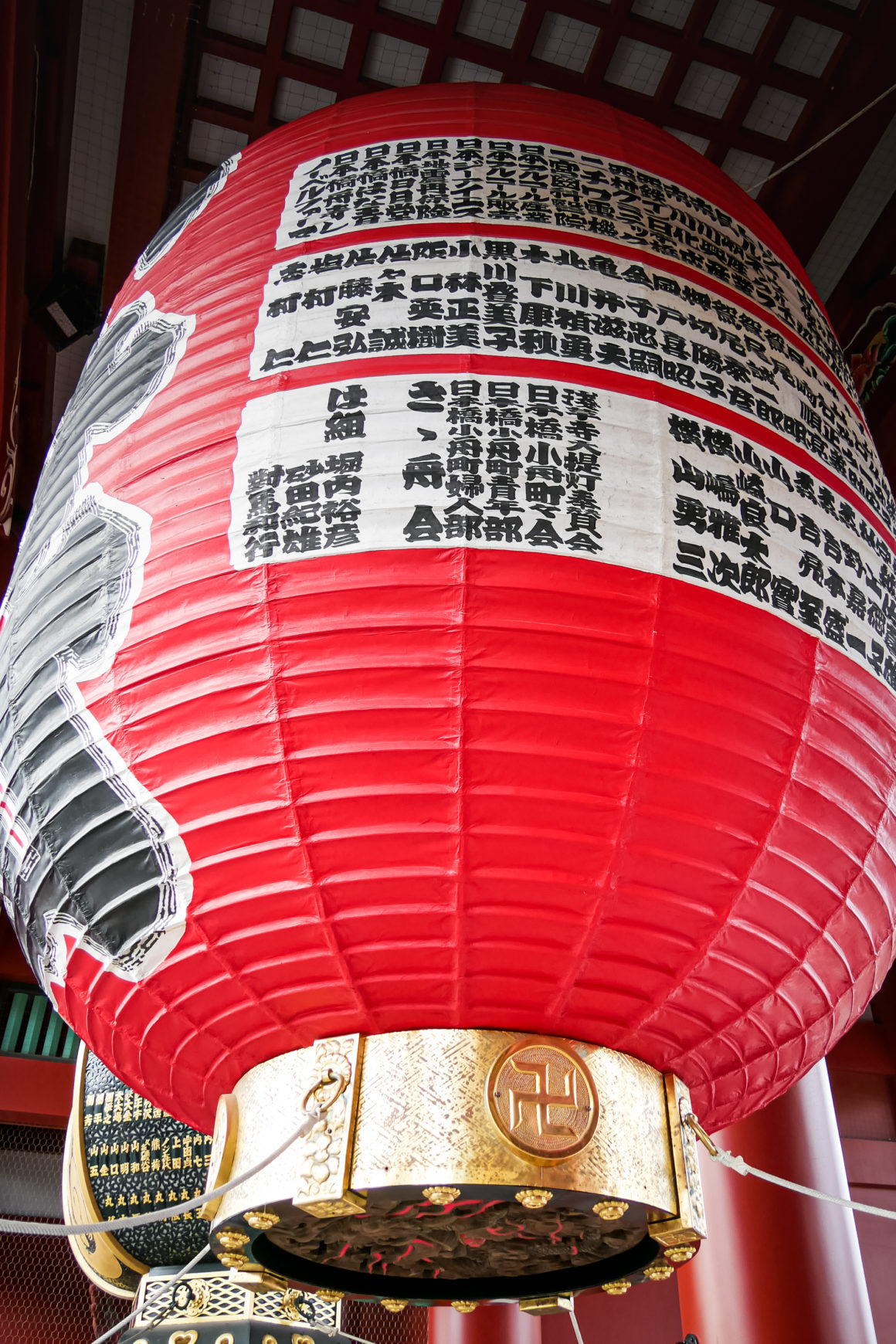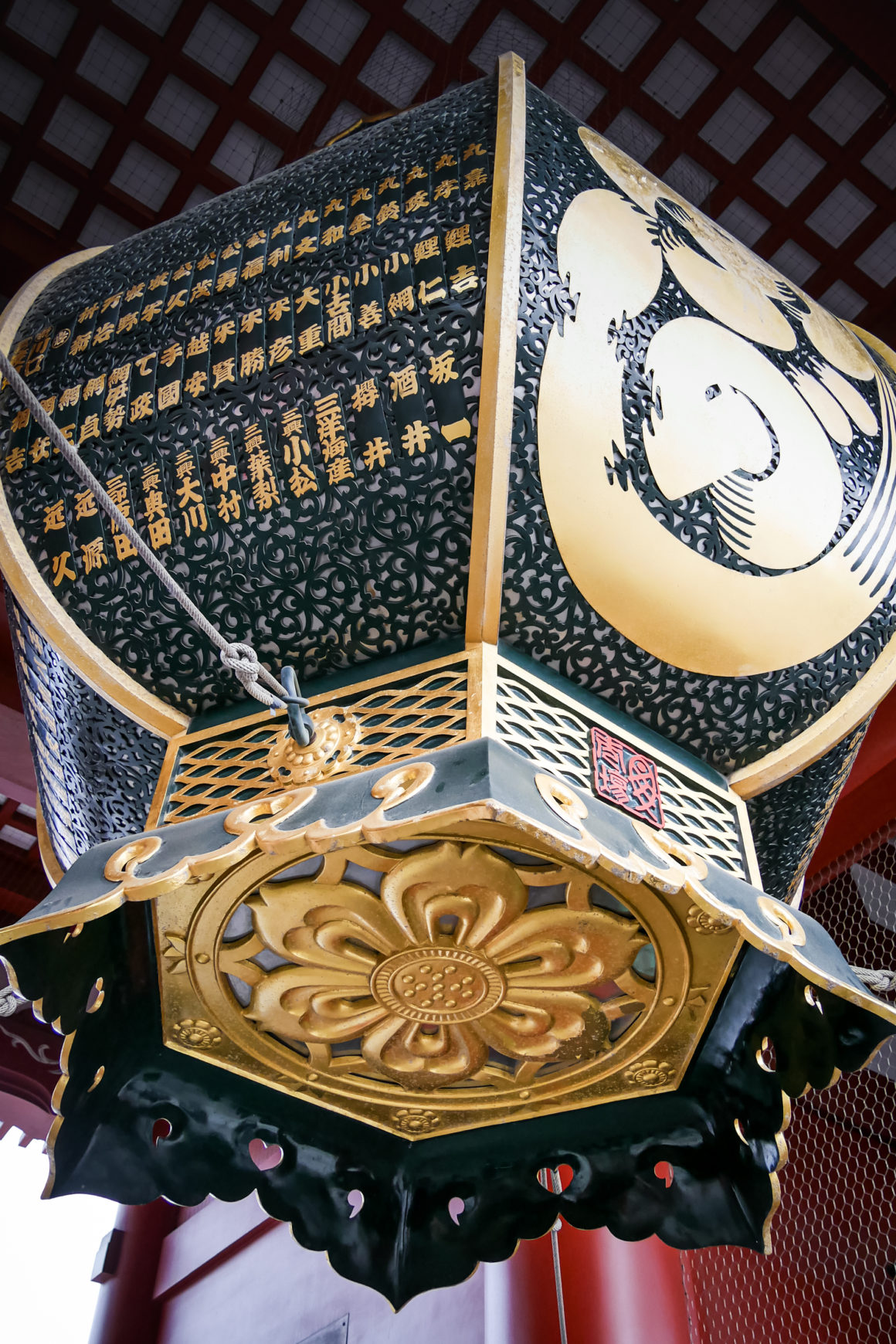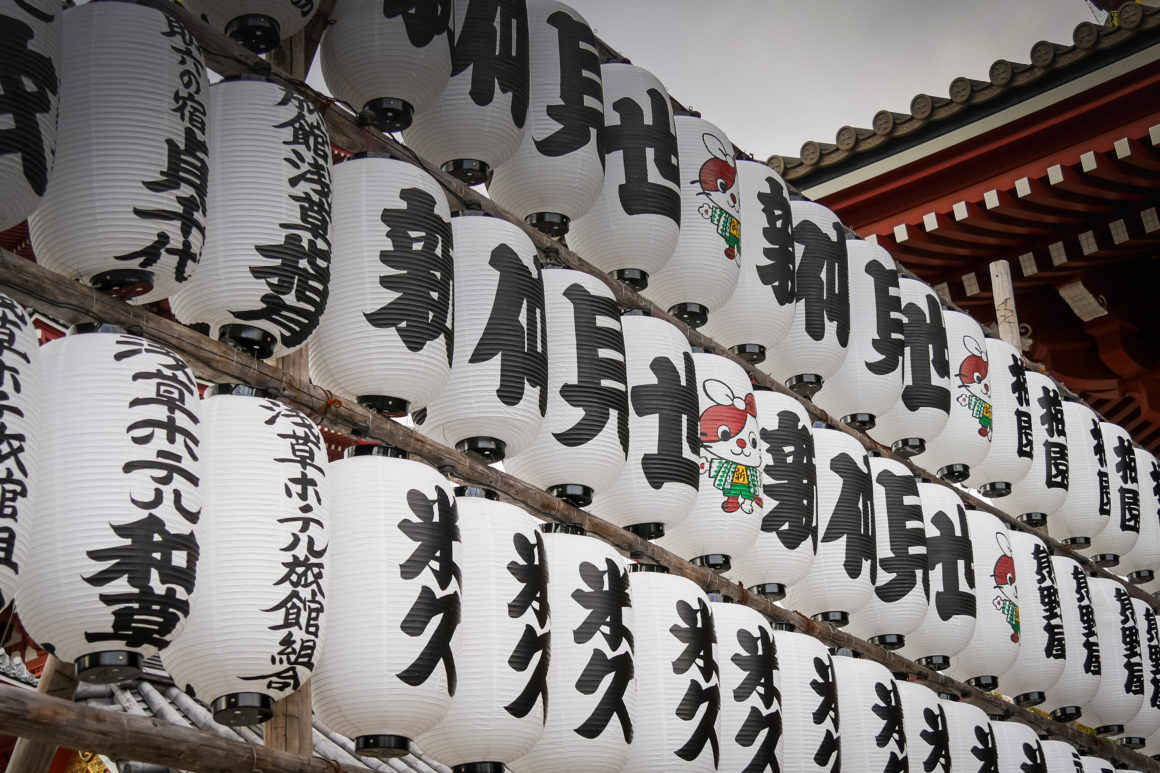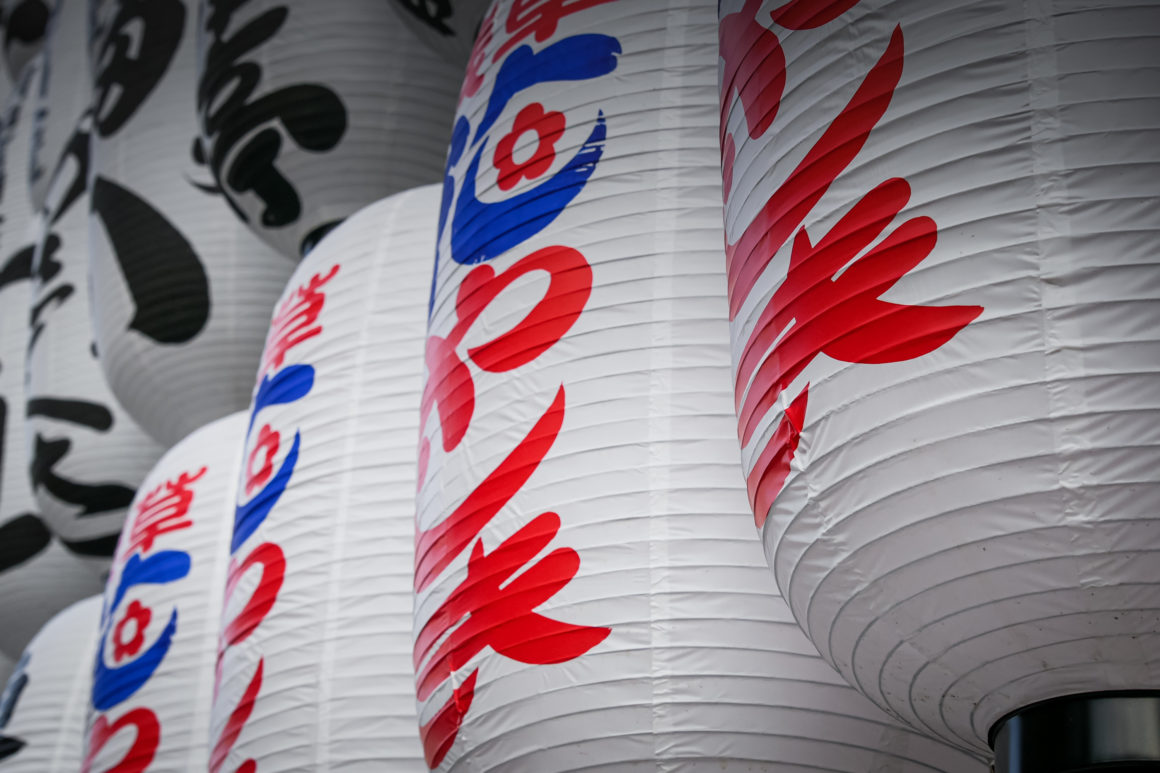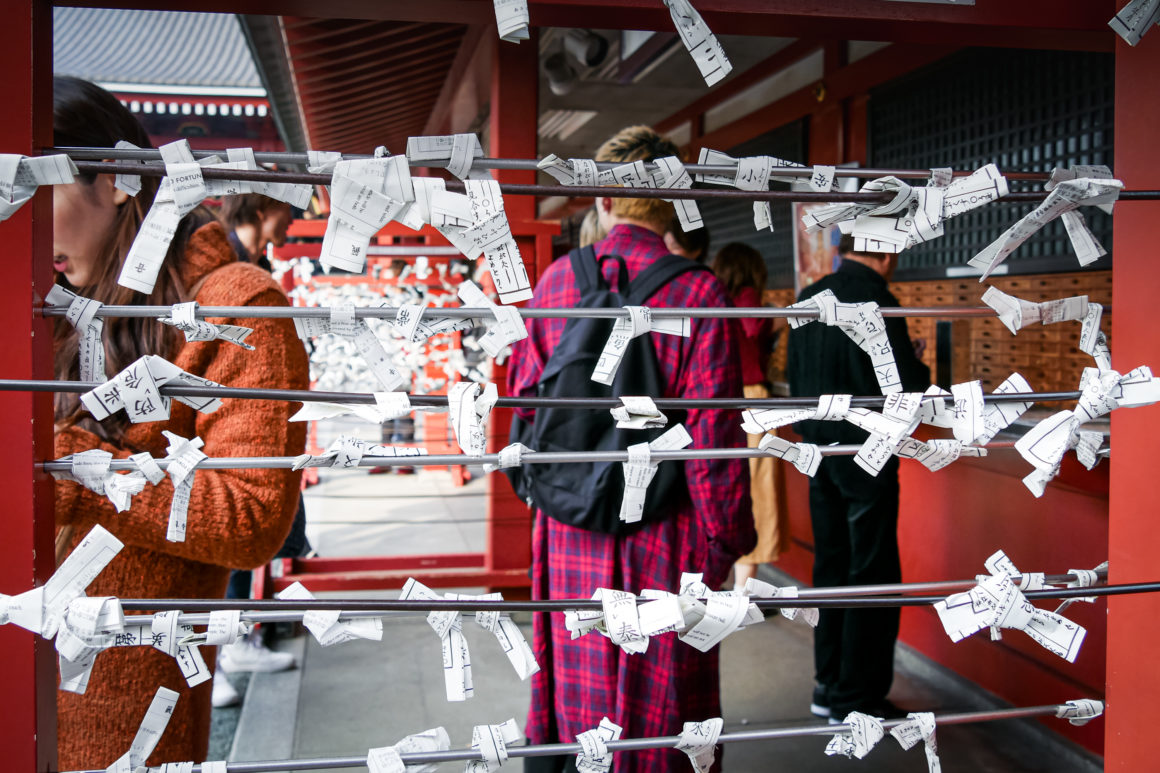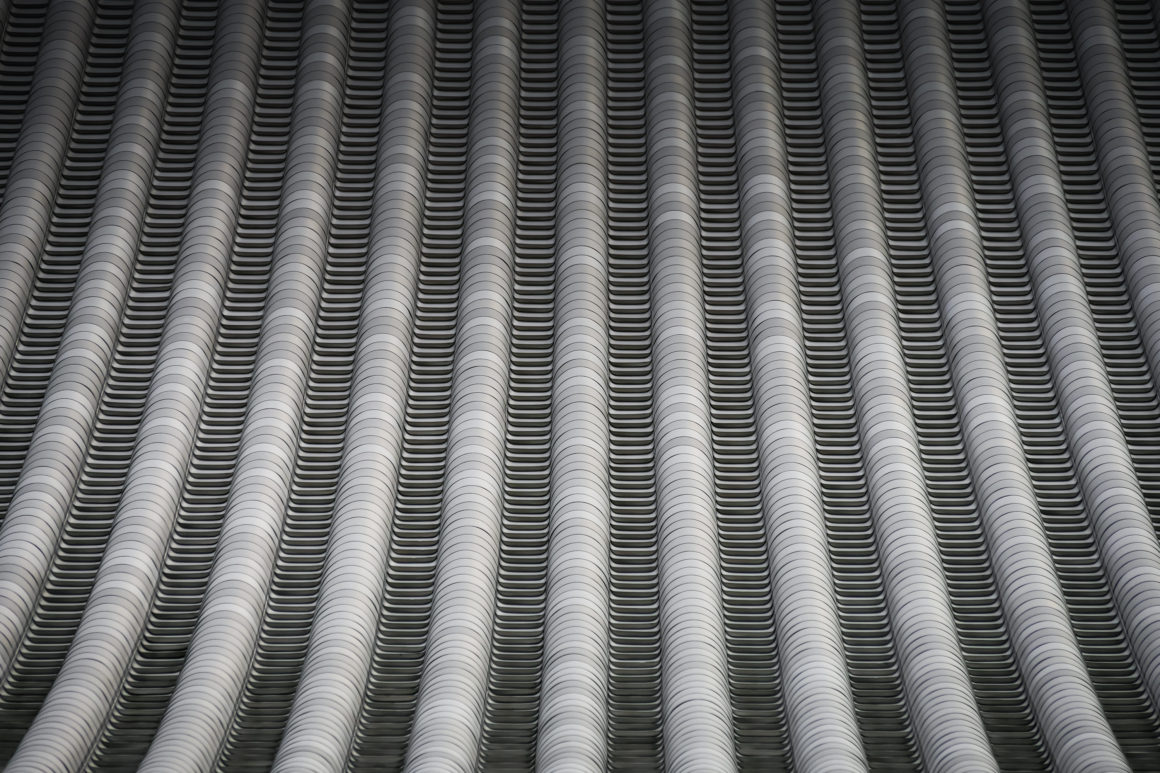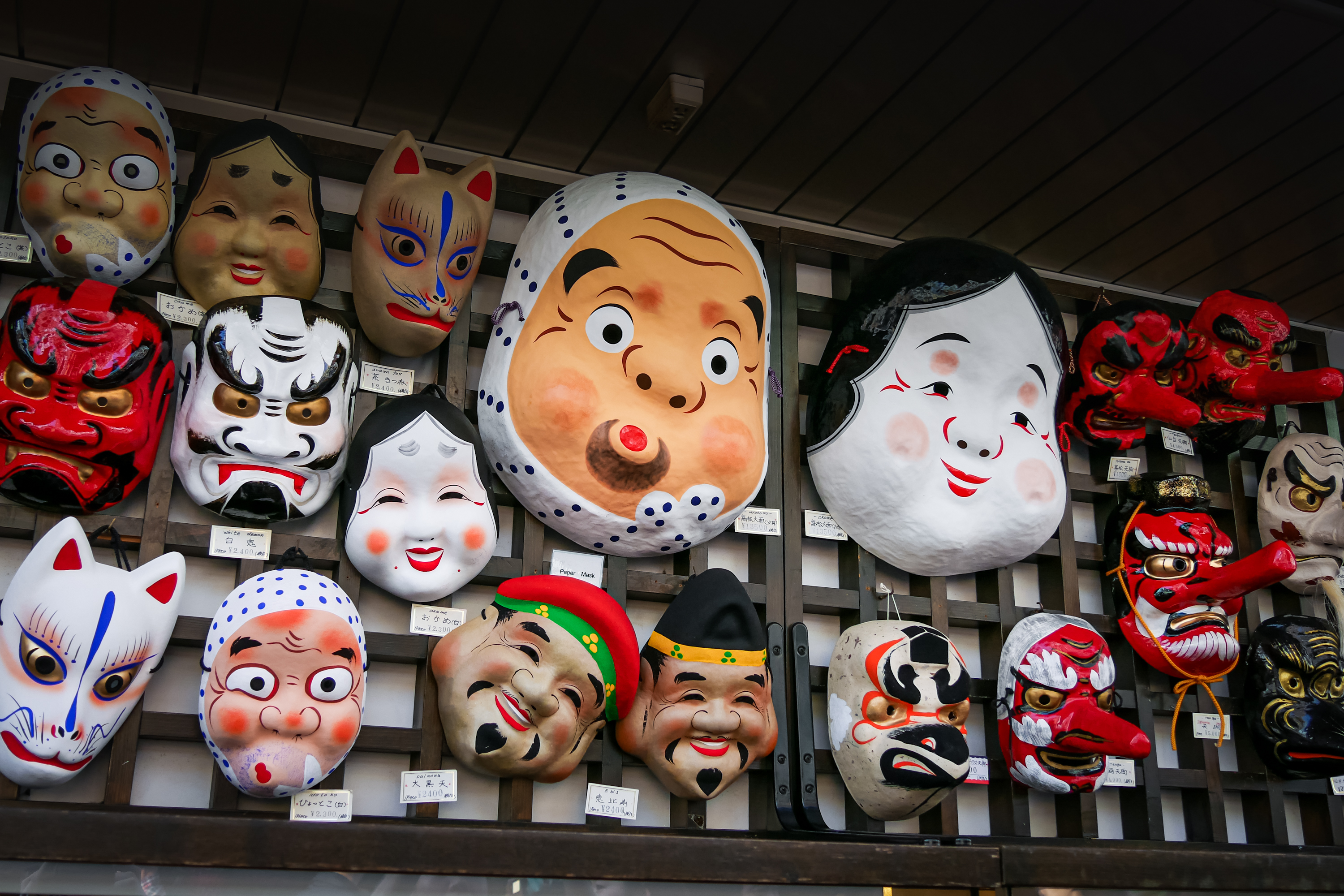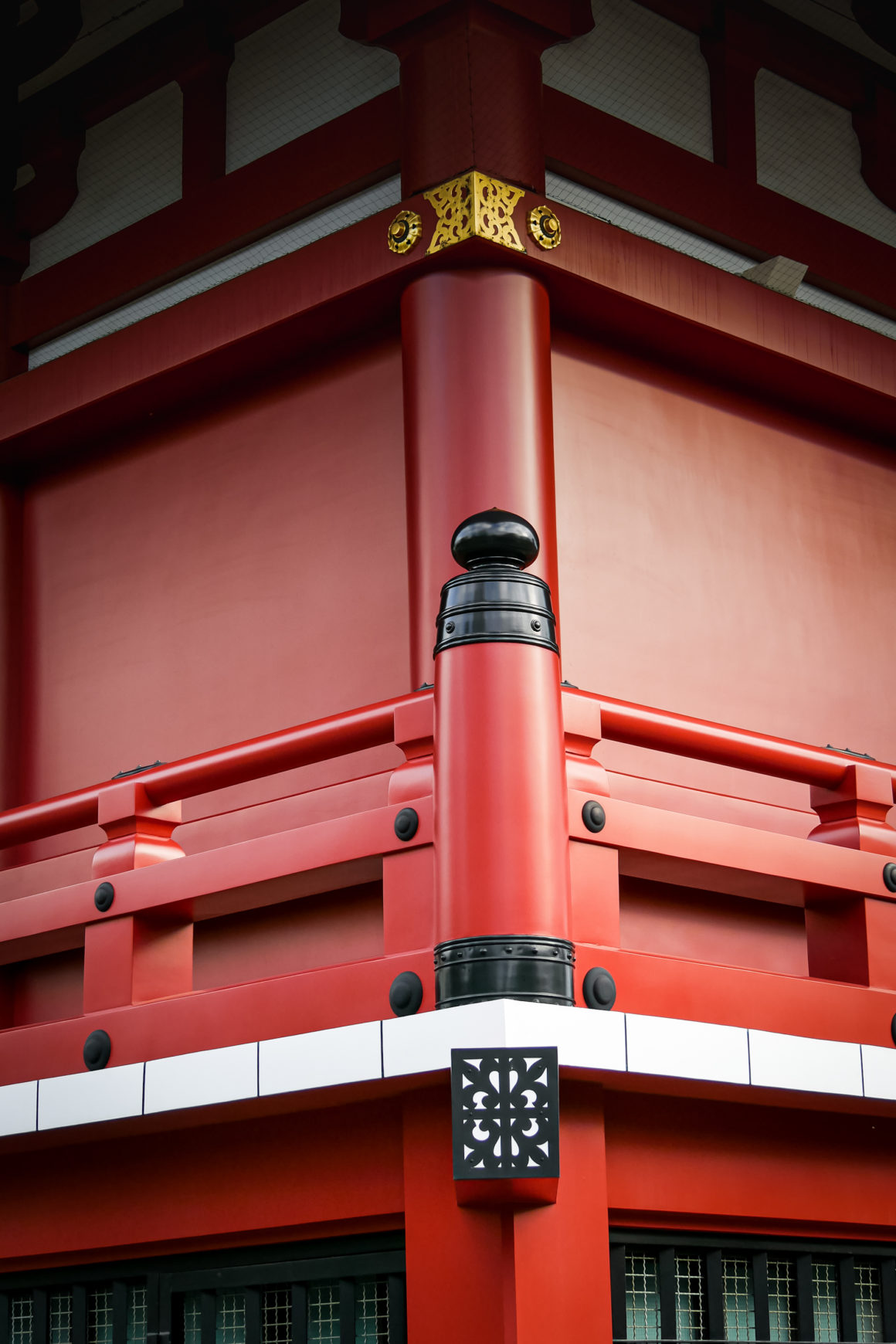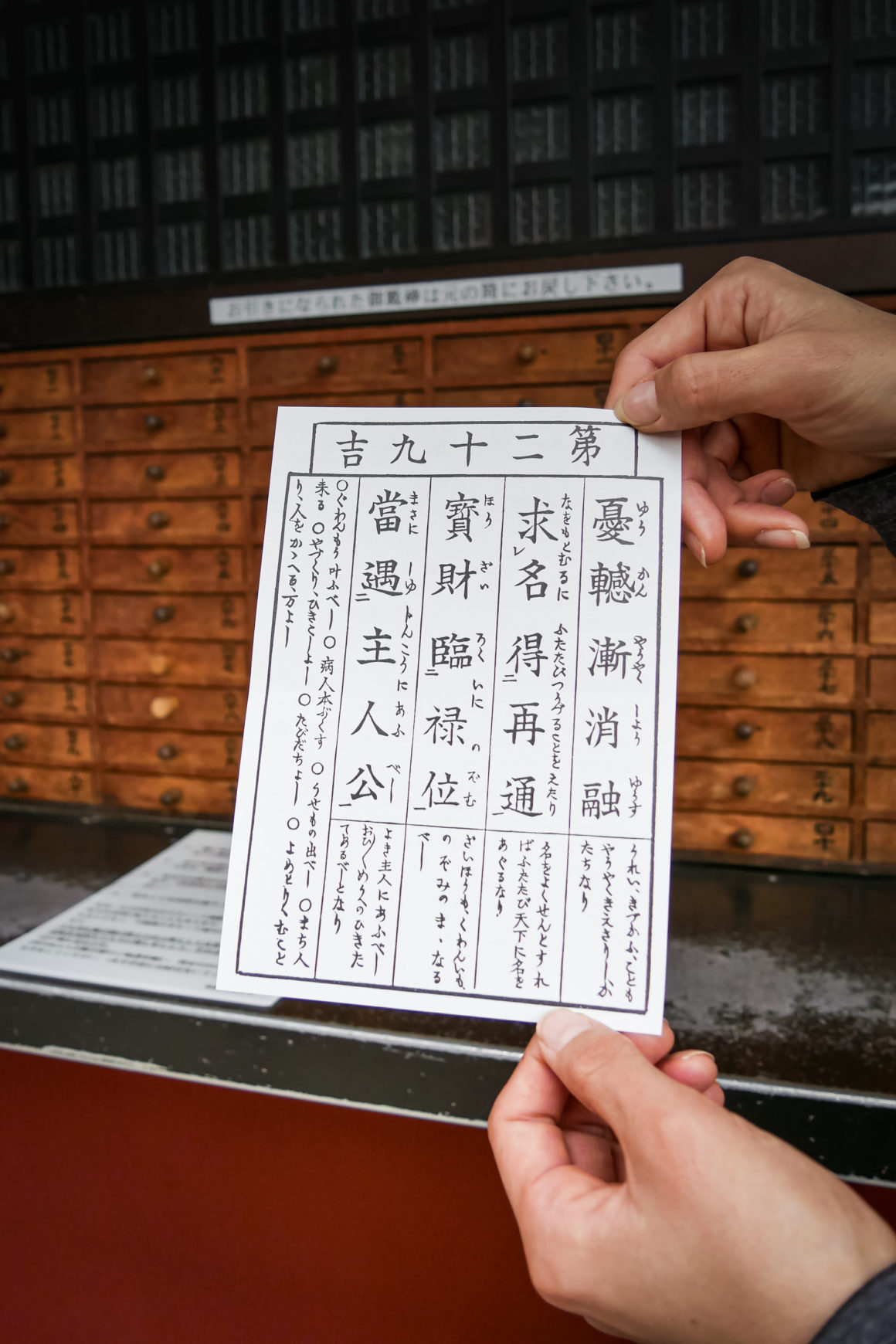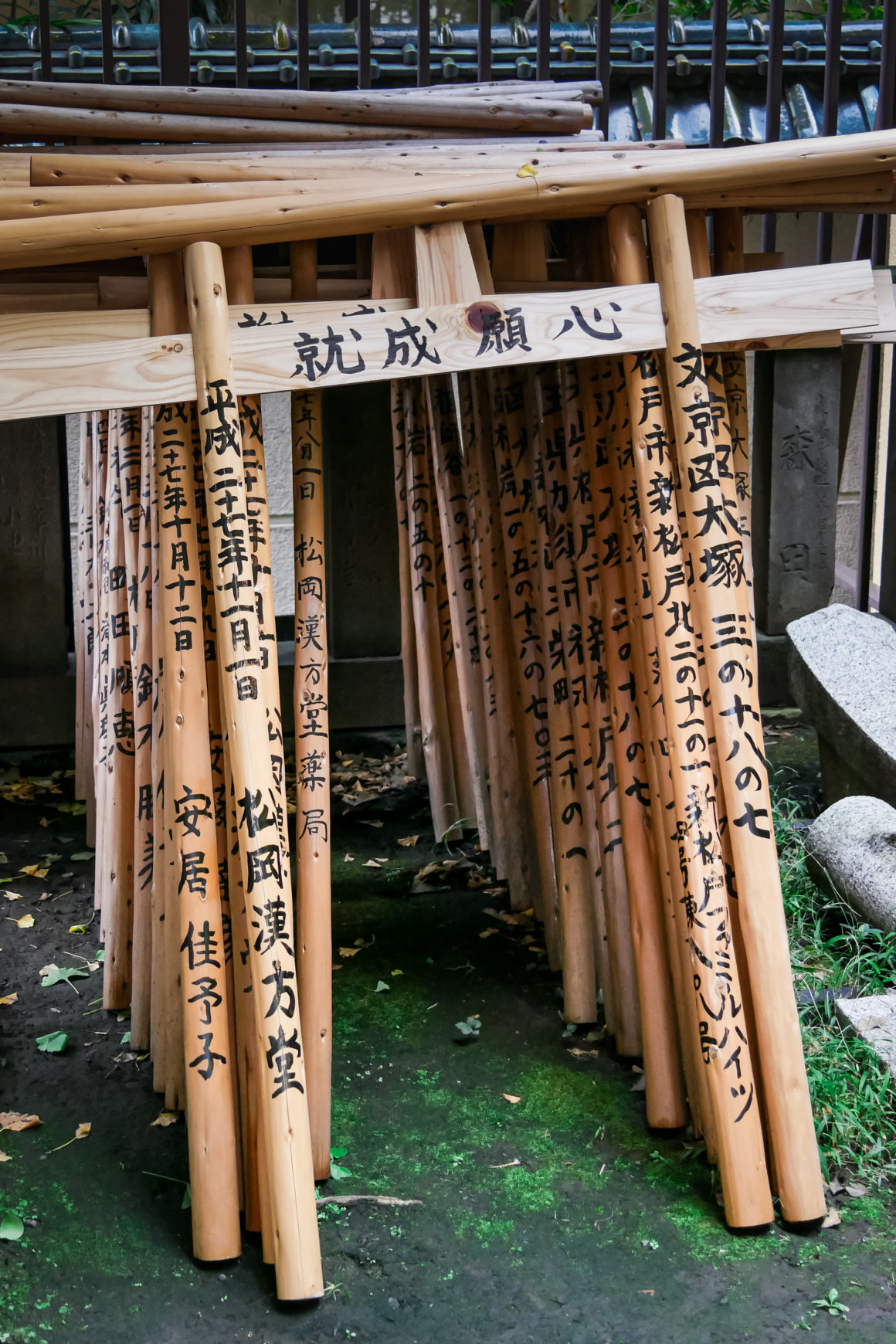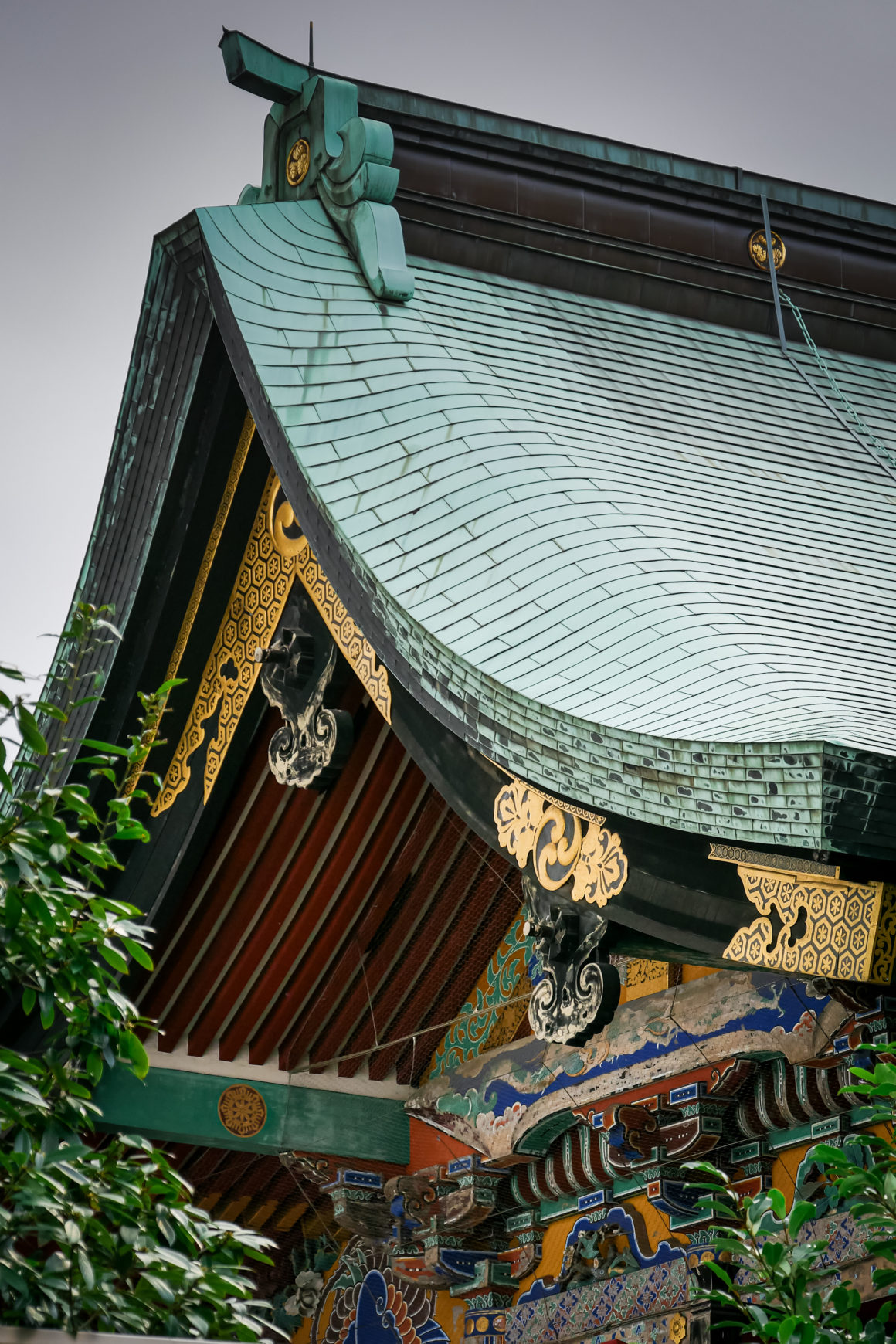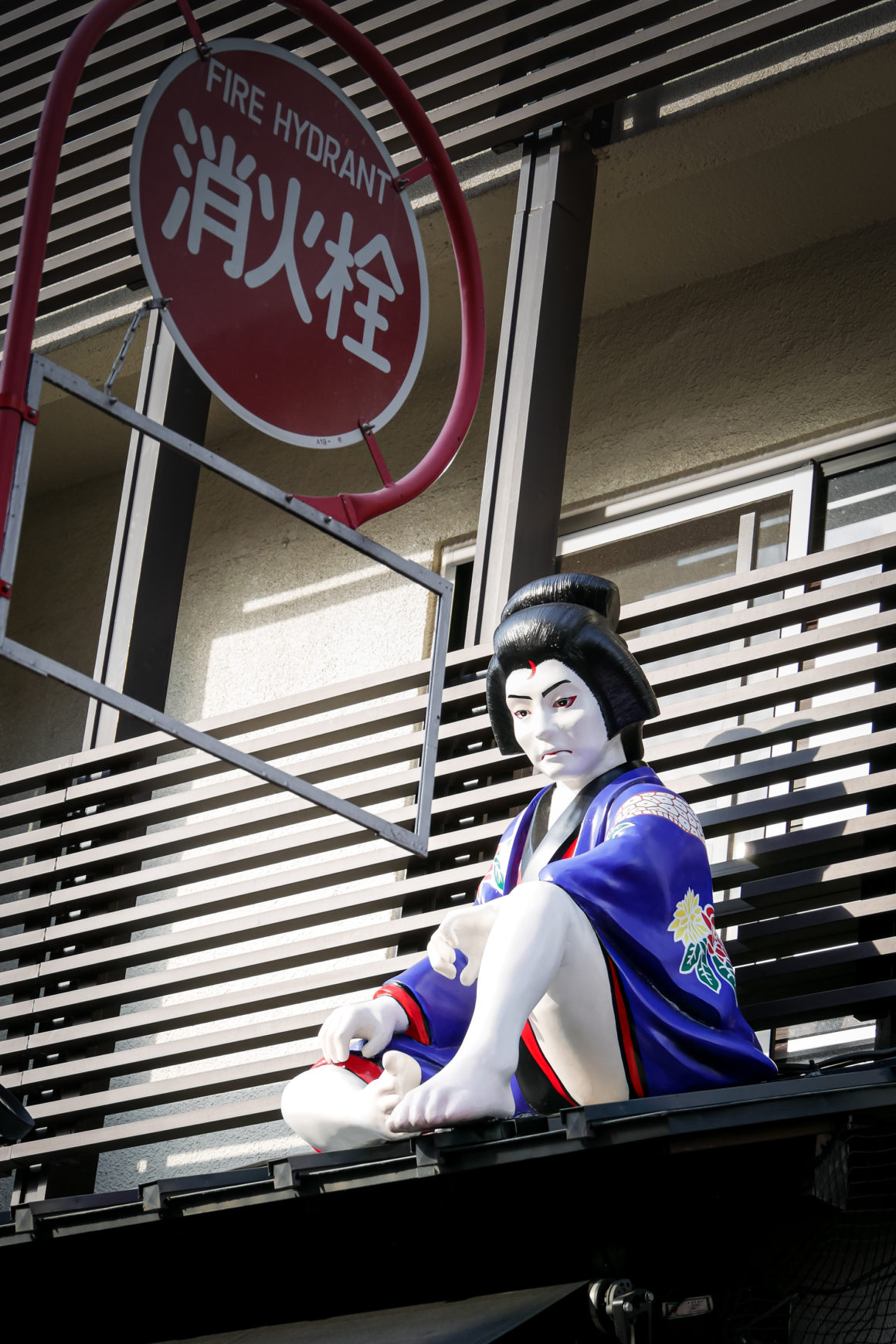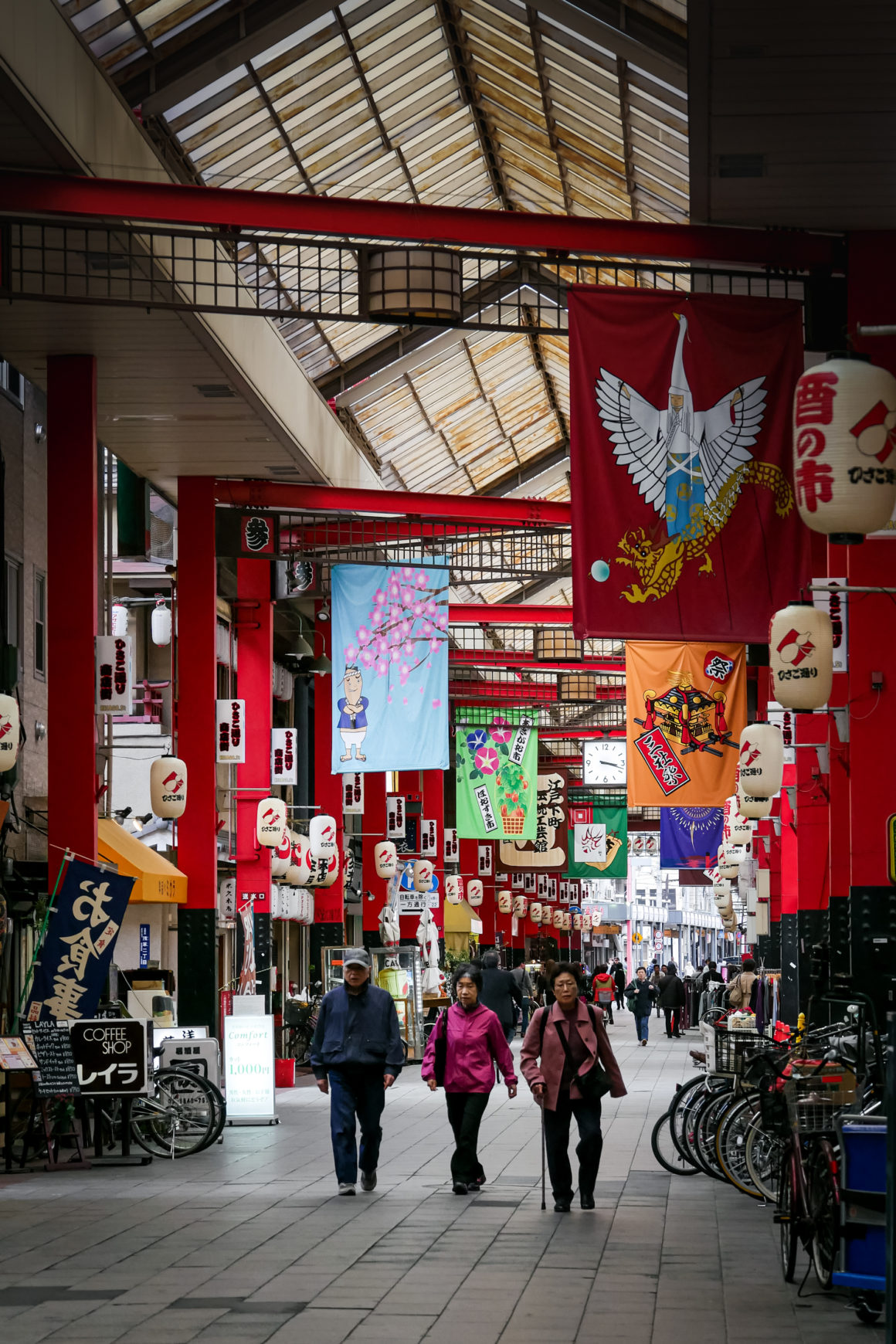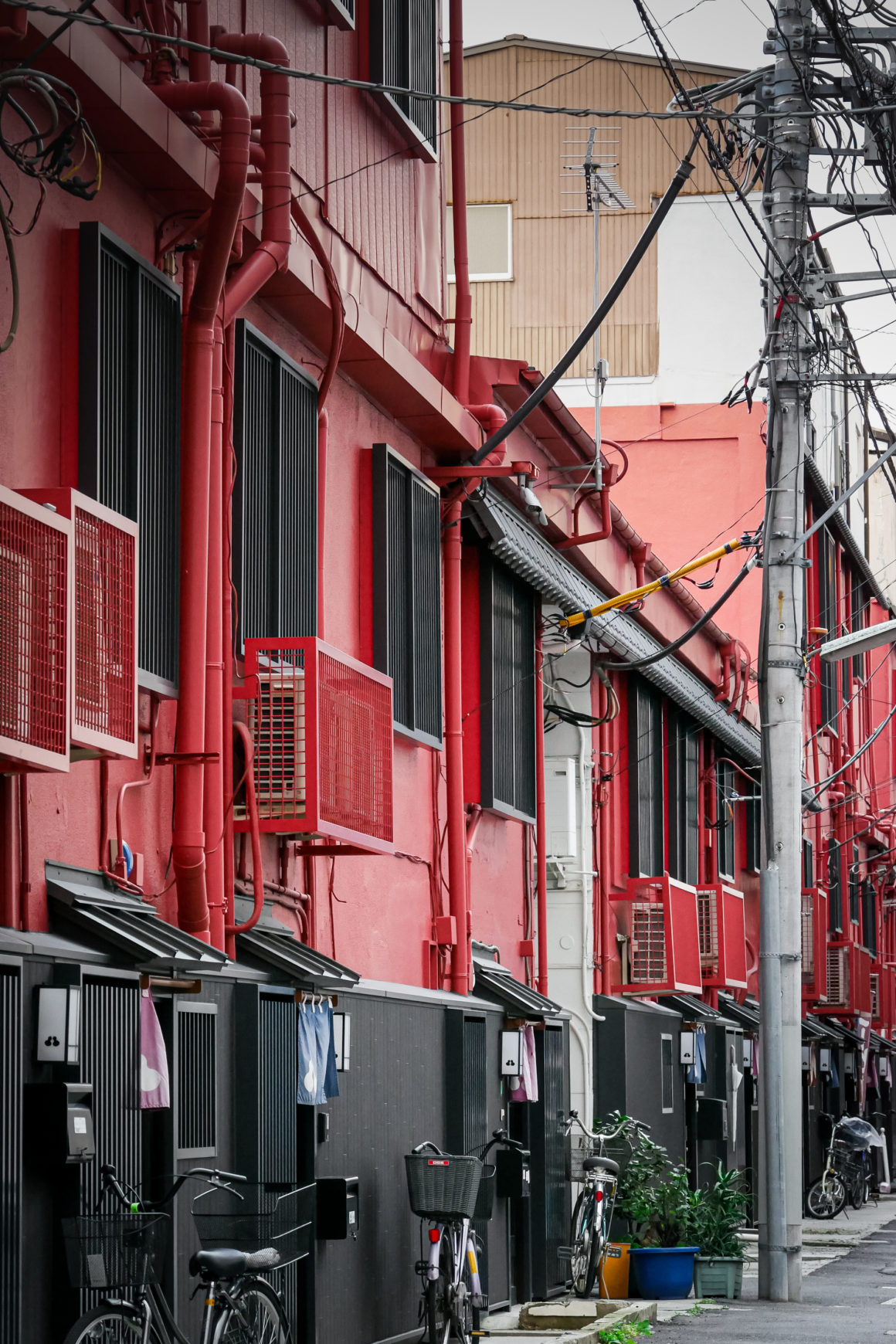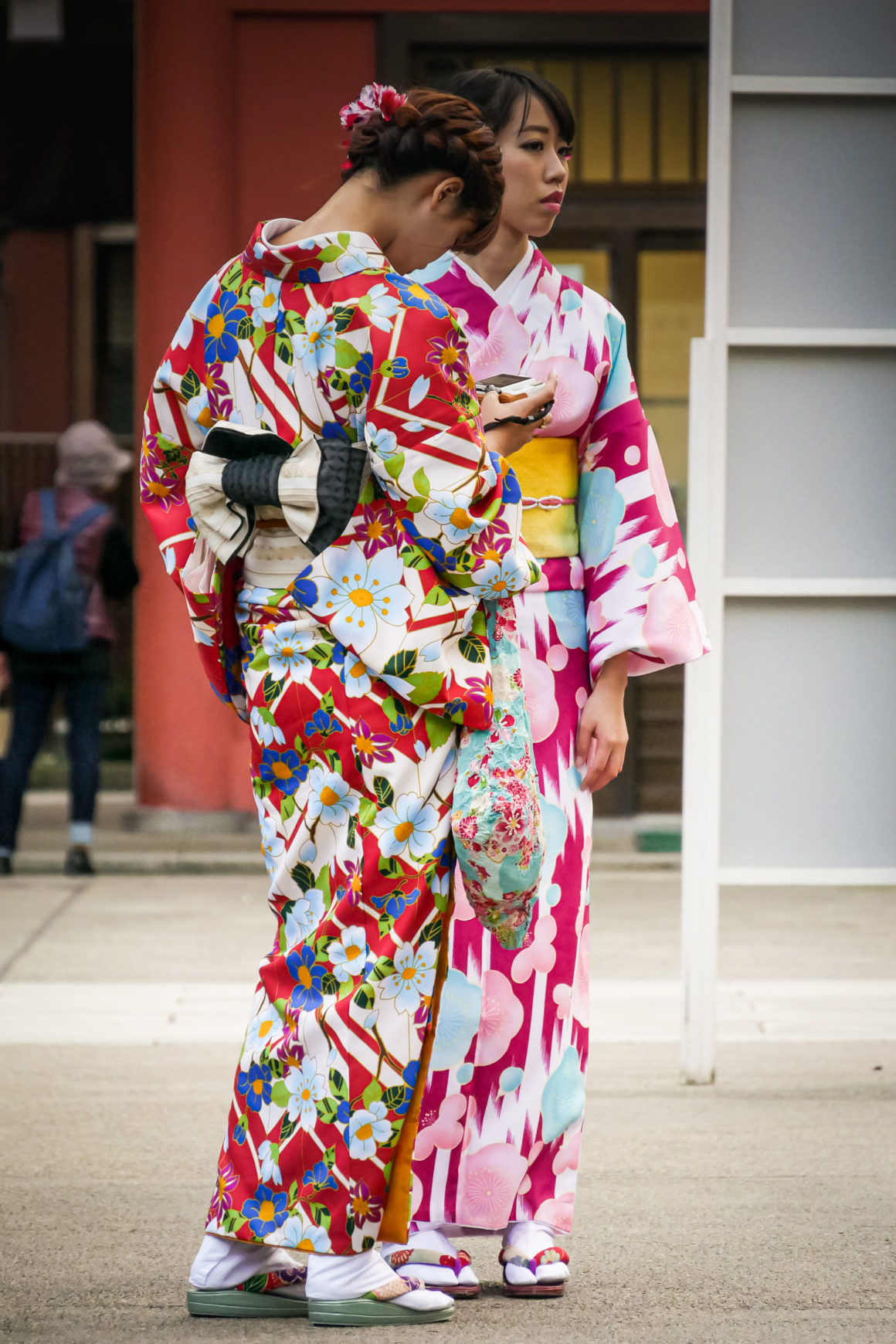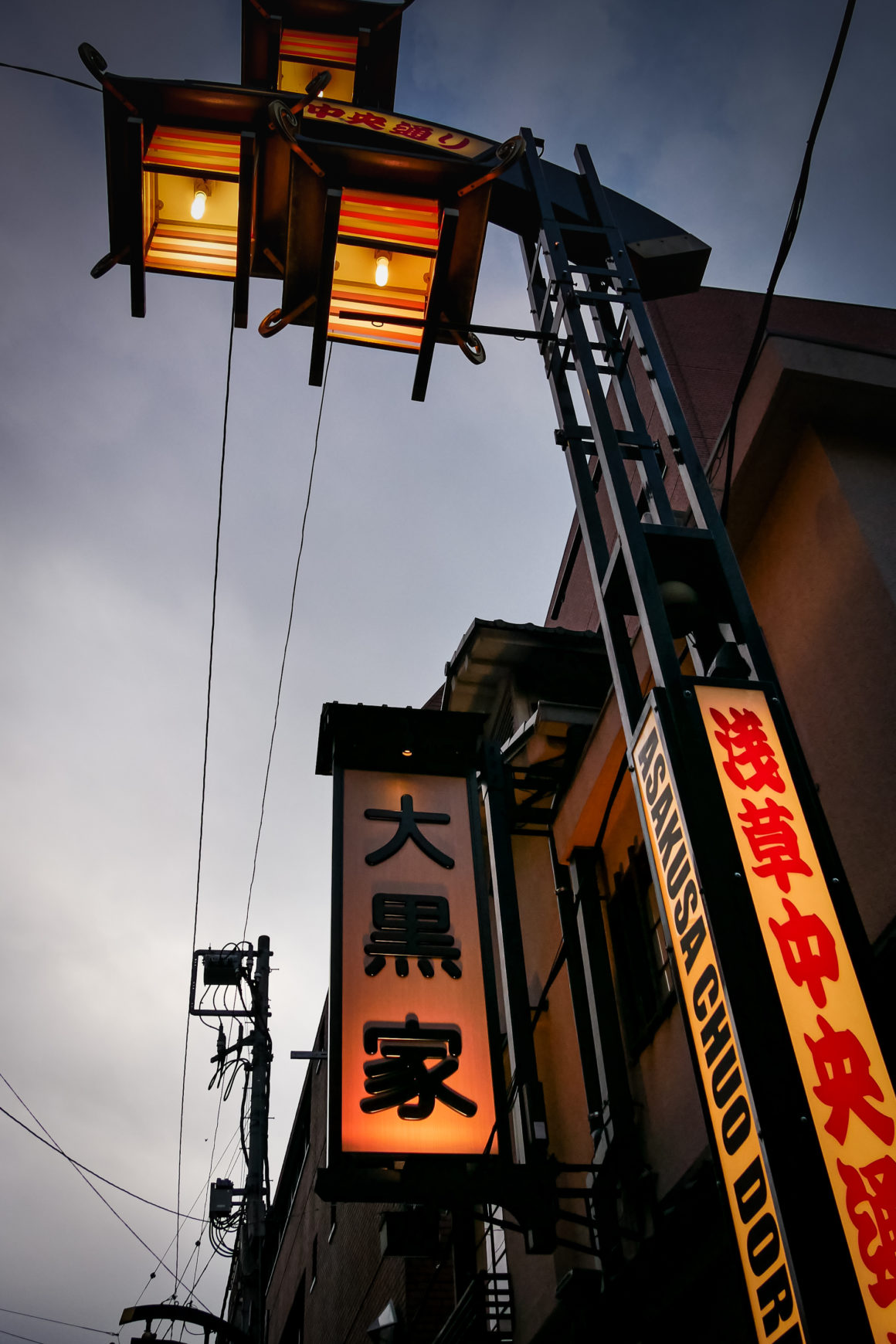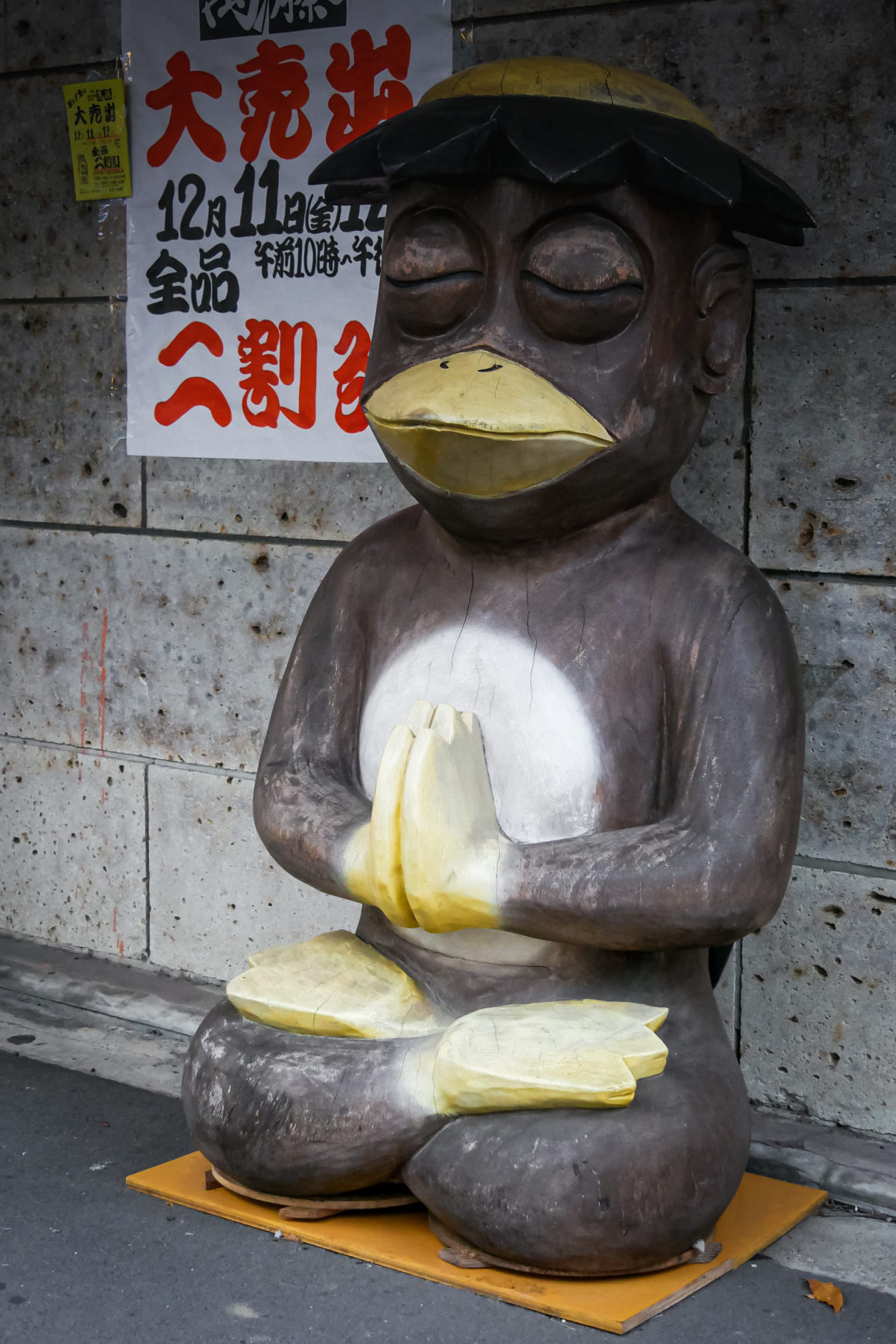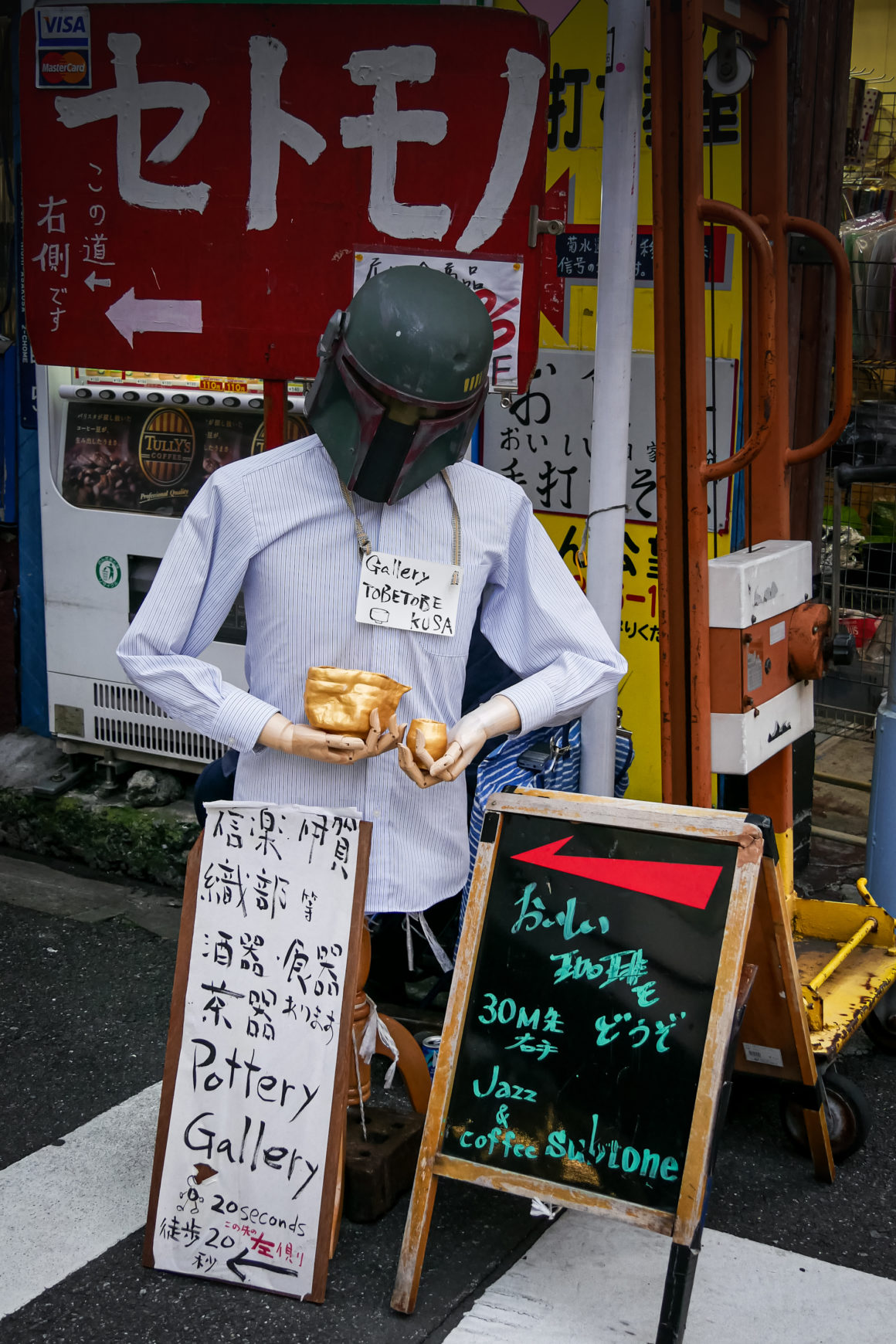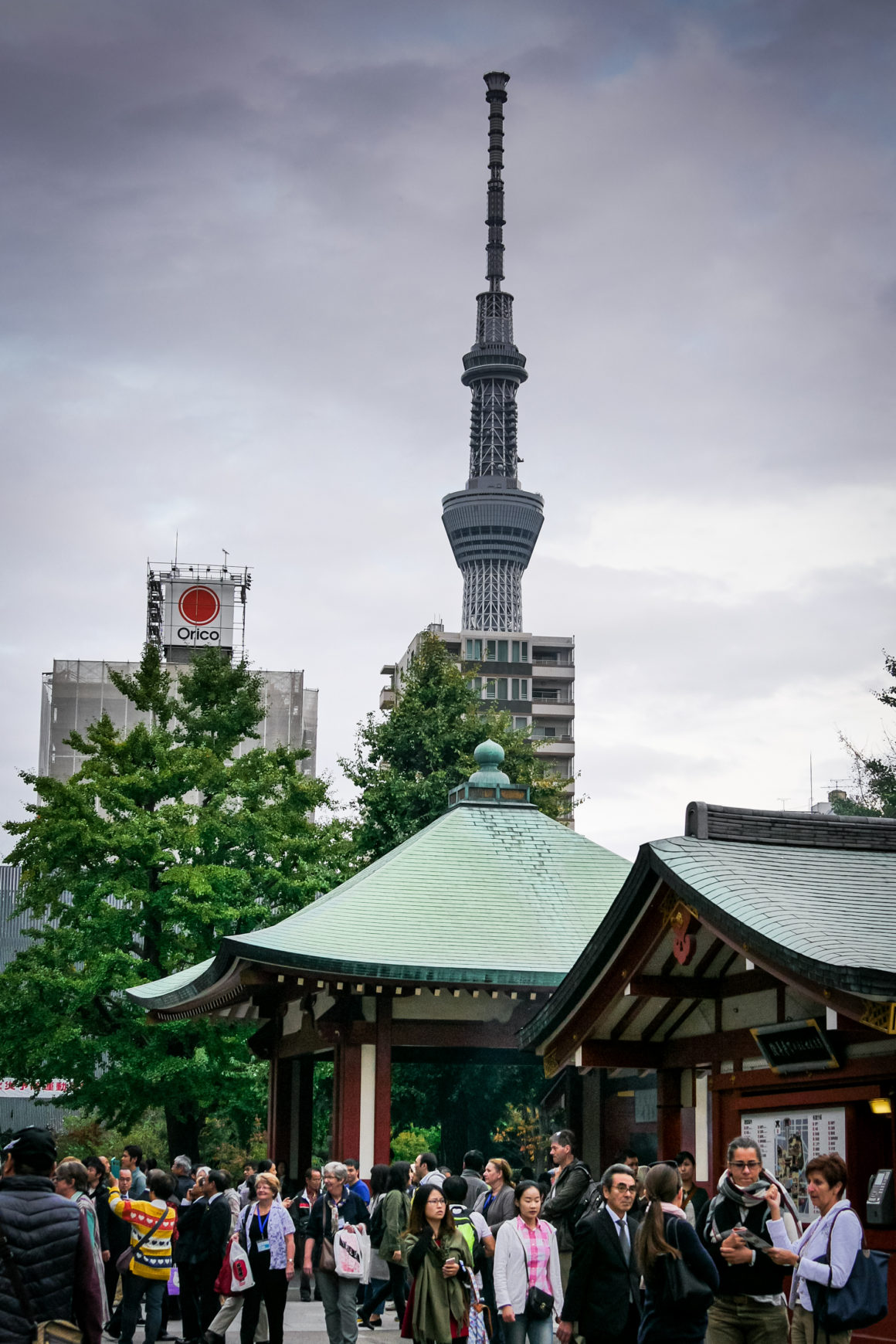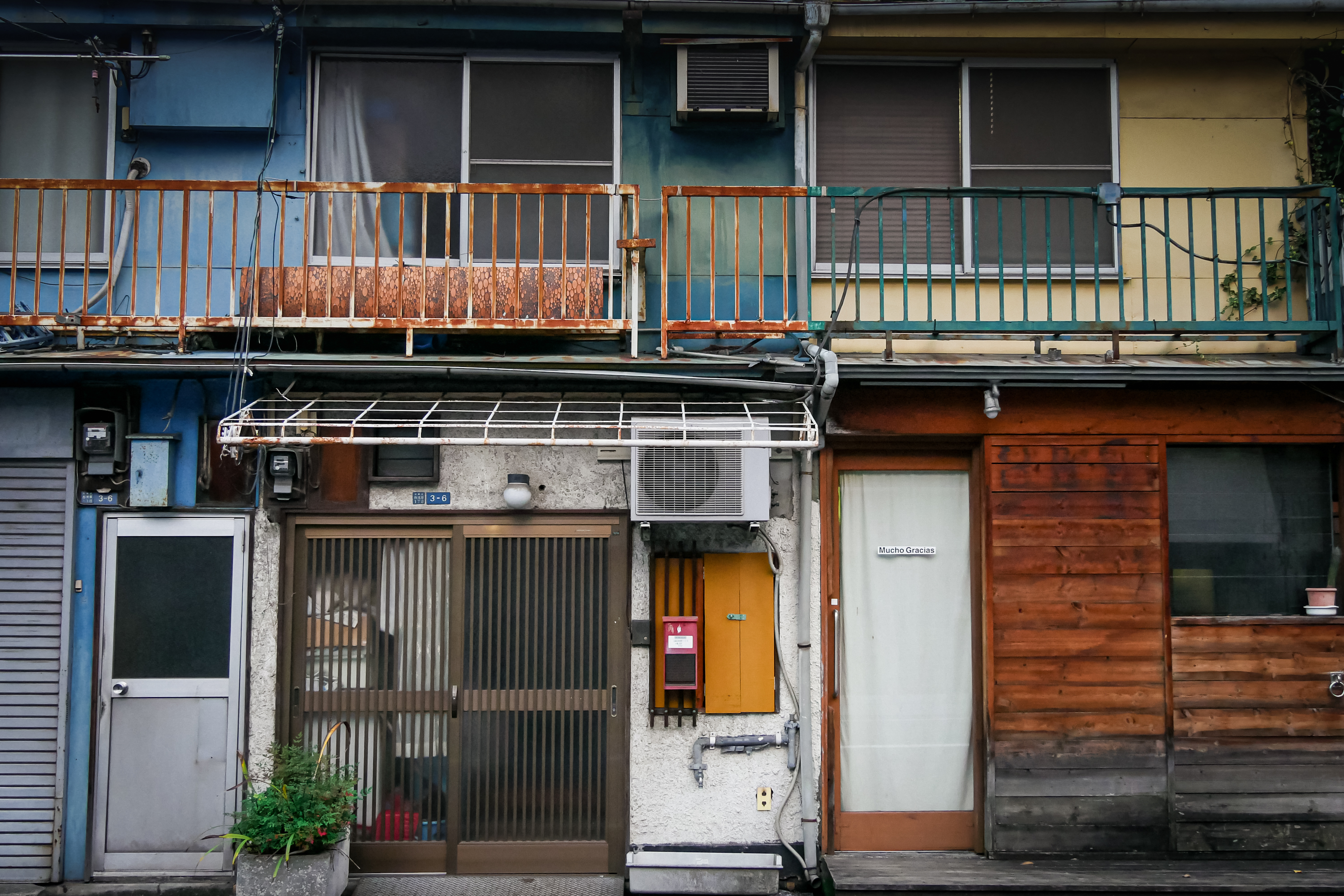DISPATCH
A working holiday visa in my pocket and some basics of Japanese language learned the past three months and here I am flying early November 2015 for a year of travel in a country that has attracted me since my youth. After eleven and a half hours flight I finally arrived in Japan. The eight hours of jet lag are felt. I land in Tokyo, the megalopolis capital of the country of the Rising Sun where I plan to stay a week to survey the different districts of the city. On leaving the airport, the culture shock awaits me. Crowded trains, masked faces, gigantic buildings, networks of wires on every street corner, mix of old and modern. I find it a bit difficult to reach the hotel and arrive exhausted in a light rain under the slightly surprised look of some passersby. Despite the gloomy weather, I spent my five days exploring Tokyo and its historic and popular neighborhoods northeast of the capital. The hotel where I stay is very simple with very small rooms made of tatami mats. There are not many people. Despite my months of learning, I have some difficulty speaking Japanese. The whole thing left a strange impression on me. Between familiarity, originality and solitude.
Taitô
Taitô is one of the twenty-three districts that make up the mega-city of Tokyo and contains the districts of Ueno, Asakusa and Akihabara. My hotel is located on the northeast edge of the borough, in a largely residential quiet area. The dwellings are distributed in blocks of buildings organized around large arteries where the shops are located. Inside the blocks, the streets are smaller, quieter and it is good to cycle there. I spent an entire afternoon wandering the streets, just exploring the neighborhood. I came across several small temples, lost in the middle of the dwellings. Streets having no addresses or names, I was orientating myself randomly.
Yanaka
Yanaka is one of the oldest districts of Tokyo. The neighborhood has almost miraculously survived the multiple disasters that have struck Tokyo over the centuries (the great fire that consumed Tokyo (then Edo) in 1657, the Kanto earthquake that destroyed much of the city in 1923, American bombing during the Second World War). Located in Shitamachi (“lower town” meaning popular district formerly inhabited by workers, merchants and craftsmen, in opposition to Yamanote, “upper town”, upscale district, formerly gathering residences of the feudal elite), Yanaka, with the districts of Nezu and Sendagi form the Yanesen zone, filled with temples and shrines.
The first time I visited the neighborhood, it was pouring rain and it was getting dark. It must be said that night is falling at 4 p.m. right now in Japan! Walking through the streets, the cemetery and the temples, I felt a strange feeling. A mixture of calm, ancient, mysticism. But also a bit of melancholy from a bygone era that I only know through animated or filmed representations and of which I contemplate the latest testimonies today.
Ueno
Ueno is a neighborhood mainly composed of a large park including the Tokyo Zoo, several temples and shrines and many museums including the famous Tokyo National Museum. Further south is the shopping district of Ameyayokochô. Ueno’s park seemed much smaller than I imagined. And a little sad despite the animation. It must be said that it was gray and that the park is famous for its cherry blossoms (in March, April), not really the season at the moment. Part of Shinobazu Pond was covered with giant faded water lilies. At nightfall, I wandered the shopping aisle of Ameyayokochô. Located under a railroad track, the place is a motley assembly of small stalls selling everything. A spirit that we find in the etymology of the name since “ameyayokockô” could come from the fact that it was formerly a space dedicated to the sale of sweets (ameya means “store of sweets”) or else « ame » of “America”, the place having been converted after the Second World War into a black market for American products. The luminous signs and the effervescence gave the place a colorful atmosphere which contrasted with that of the park.
At the end of the week the weather improves a little. I meet Michiko, a Japanese woman living in Chiba, a city located about two hours from Tokyo. It had been a few weeks since I corresponded with Michiko via the internet. Thanks to Laurent for putting me in contact with her! We met Thursday morning for a day of shopping, culture and temples. Michiko has been speaking French for several years. She is very kind and helped me a lot, especially in answering my practical questions: finding a prepaid card for my phone, buying a Suica card for the metro (rechargeable card which avoids taking a metro ticket every time), answering questions about my Japanese Resident Card, helpIng translate my emails into Japanese…
Harajuku
The first district visited with Michiko on Thursday morning, Harajuku is part of the Shibuya district and is located in the eastern part of Tokyo. It is the temple of fashion and luxury for the youth of Tokyo. We can see young people in cosplay everywhere here. It is mainly known for its pedestrian street Takeshita-dori (“street under the bamboos”), in which there are lots of small designer stores and food stalls. Also very well known, the famous Omotesando alley, nicknamed “the Champs-Élysées of Tokyo”, on which we find the biggest brand stores: Louis Vuitton, Christian Dior, Prada… Harajuku also owns the Yoyogi park within which is located the famous Meiji Shrine.
With Michiko, we visited Takeshita-dori and Omotesando. Apparently the streets are crowded with people on weekends. Which was not the case when we went there. Lunch was at Kawaii Monster Cafe, a kawaii monster themed cafe, as its name suggests, which opened last August. Explosion of colors guaranteed! We ate multi-colored pasta with five different sauces (ketchup, cream, cheese, pesto, and a blue sauce impossible to determine). Not all that natural …
The next day I find Michiko again and we go visit the Meiji shrine and the Yoyogi park.
Asakusa
Located not far from Ueno, Asakusa is a popular and very lively tourist district since it shelters the Buddhist temple Sensô-ji dedicated to the goddess Bodhisattva Kannon. It is one of the oldest temples in Tokyo. Entrance is through the Kaminarimon gate (“thunder gate”) surrounded by the wind god Fujin on the right and the thunder god Raijin on the left. A huge red lantern hangs in the center. Inevitably everyone takes a photo in front of the door and under the lantern. After the door we find ourselves on Nakamise-dori, a shopping alley that leads to the temple and composed of stalls dating mostly from the Edo era (1600-1868). They sell souvenirs, local specialties, real Japanese crafts… Michiko makes me taste my first Dango. These are dumplings made from mochi (sticky rice paste and water) that we usually eat on a skewer of three / four dango. There are several types of dango. Michiko makes me taste the mitarashi dango, covered in a syrup made with shoyu (soy sauce), sugar and starch. I must say that the first bite is strange. Funny texture, without much taste and that sticks to the teeth. But I persevere and it turns out that it is not bad after all!
The journey ends with the passage under the Hôzômon door (“door to the treasure room”). The five-story pagoda originally built in 942 and the Sensô-ji temple stand before us. The architecture is very beautiful and red is omnipresent. The size of the buildings makes the whole very imposing. Michiko introduces me to Omikuji, the Japanese divinatory art. In exchange for a donation of 100 Yen (less than a euro), we brew a hexagonal box filled with bamboo sticks, until a wand falls through a small hole and on which is marked a number that corresponds to an oracle. We then search in the corresponding drawer, the prediction. I came across number 29, which announced good fortune. In summary, all my problems will soon disappear, I will not have any illnesses and my hopes and desires will come true. Lucky me! If the divination is bad, it is necessary to tie the paper to the branch of a tree or on a display specially designed, near a holy place. This will allow divine spirits to exorcise it. An incense burner sits before the entrance to the temple. It is customary to come and “sprinkle” smoke (bring smoke towards you with your hands), in order to purify yourself.
The Sensô-ji temple shelters a gold statue of the goddess Kannon, but this one is camouflaged in an unknown part of the temple and therefore inaccessible to the public. The interior of the temple is well protected, with golden coatings and a crowd of pilgrims who came to say their prayers. The ceiling houses several massive paintings, including a representation of a dragon. Around the Sensô-ji temple is the Shinto shrine of Asakusa. Built in 1649, it is representative of the Edo era. Less impressive than the Sensô-ji, it is nevertheless very pleasant. Especially when you go browsing at the back of the temple, you can see superb paintings and golden coatings as well as a tiny temple dedicated to the goddess Inari, in the shape of a fox. On the other side of Sensô-ji temple is a small garden with a set of small pavilions and the Hanayashiki Amusement Park. It is the oldest amusement park in Japan, right in Tokyo. The roller coaster dates from 1953! No thanks for me! The contrast between the attractions and the temple just near by is particularly representative of the spirit of Tokyo, I think. A mixture of old and modern, shambles and ultra technological stuffs.
I move away from the temple to go for a walk in the small surrounding shopping alleys. The whole has an endearing atmosphere of odds and ends. I end my visit by the shopping alley Kappabashi Dogugai which has for mascot the Kappa: monster of Japanese folklore relatively harmless with the appearance of anthropomorphic turtle with a hollow skull filled with water. Japanese kitchen utensils and tableware are sold there. This is where people come to buy the famous plastic dishes that are displayed in the windows of Japanese restaurants.
To finish our walk with Michiko, we go see the Tokyo Sky Tree. Built from 2008 to 2011, it is a broadcasting tower located in the Sumida district, very close to Asakusa and measuring 634 meters high. It is the second tallest structure in the world. It looks like an alien ship in the middle of the city. It is possible to climb in to have a panoranic view of Tokyo, but the entrance is chargeable (expensive) and it is packed with tourists. Instead Michiko and I take a walk in the gigantic shopping center built at its feet and we see the opening of the Christmas lights.

